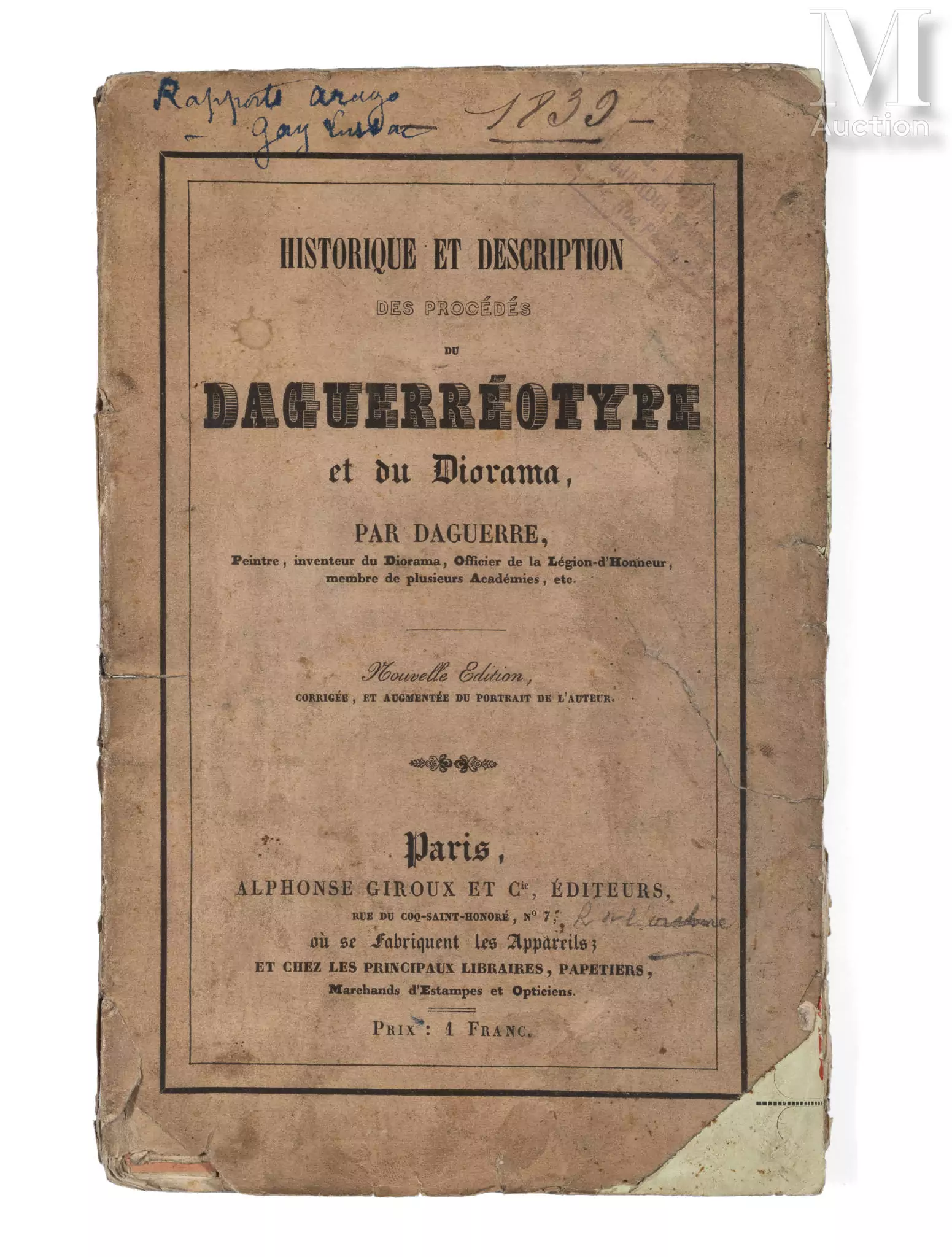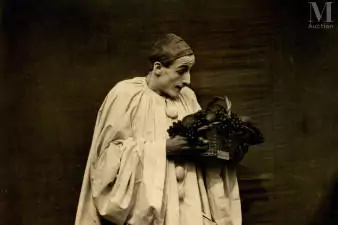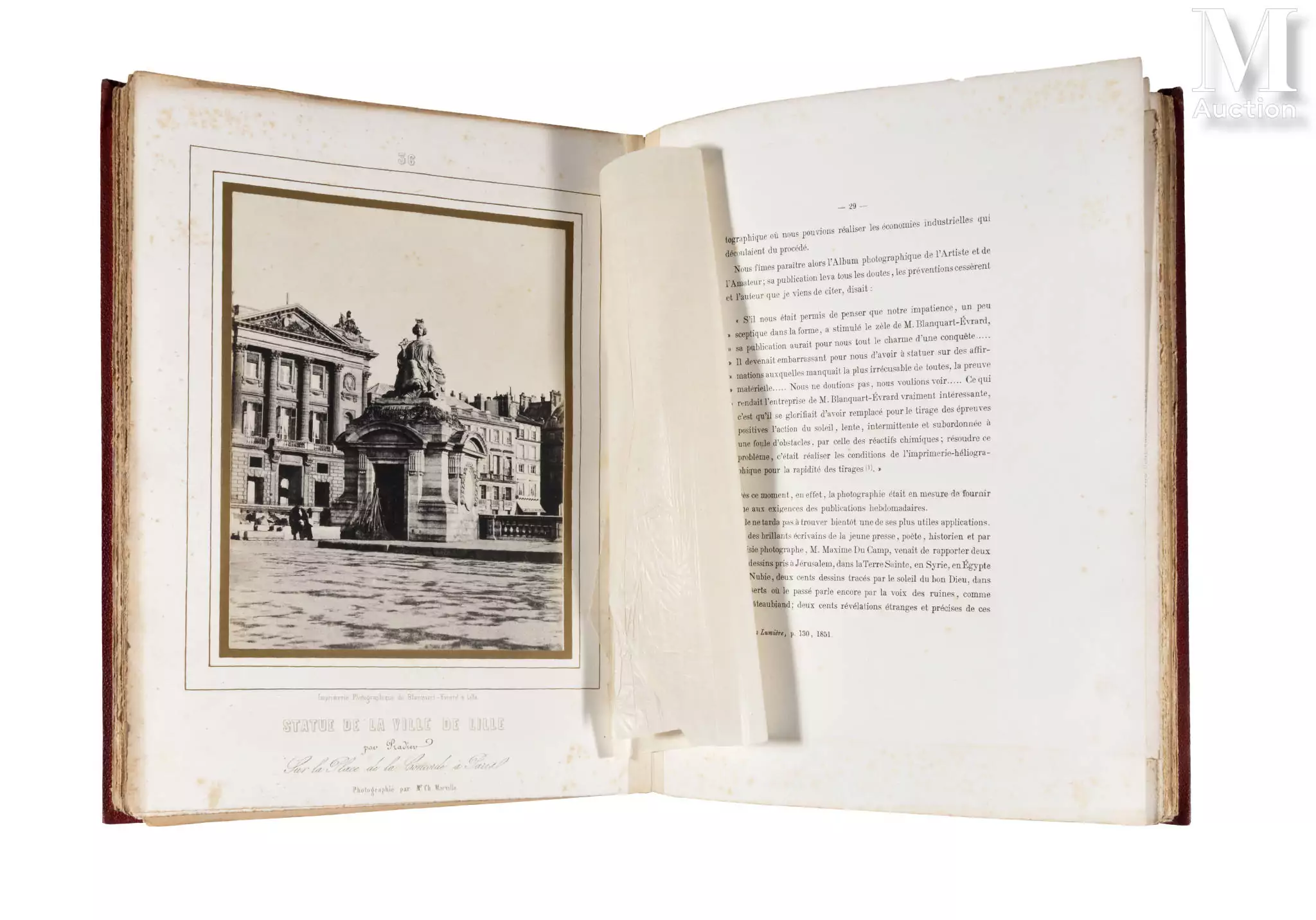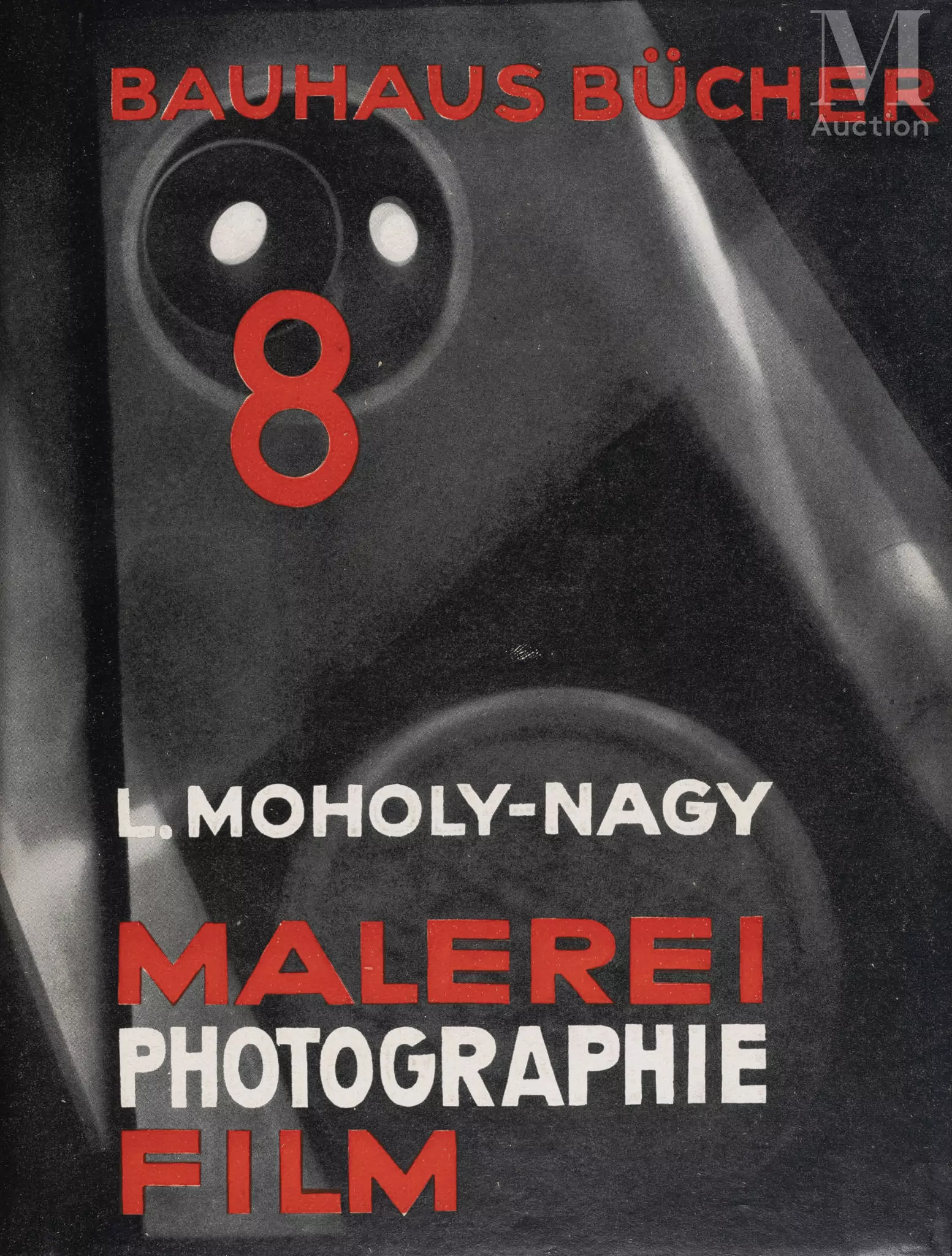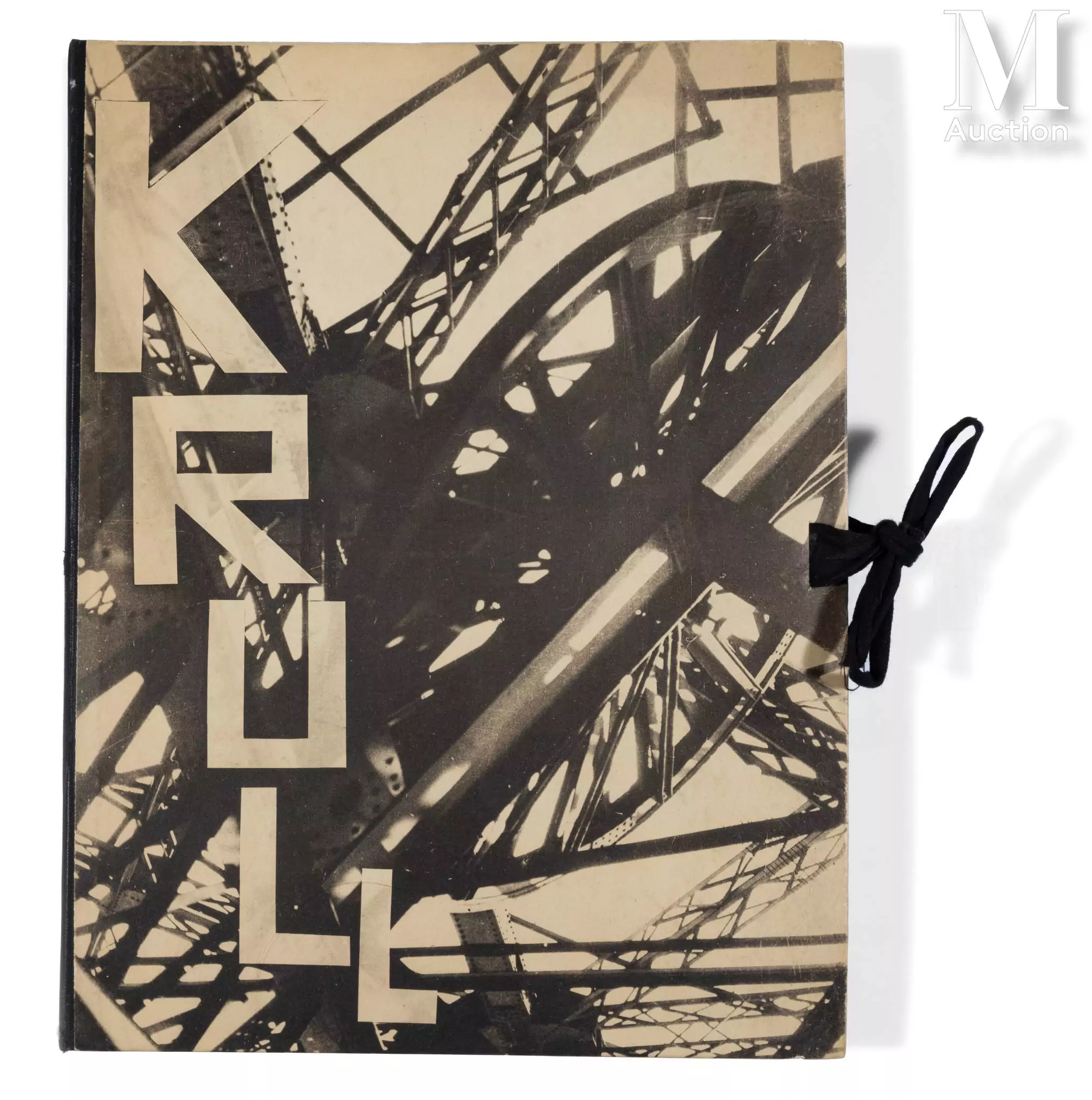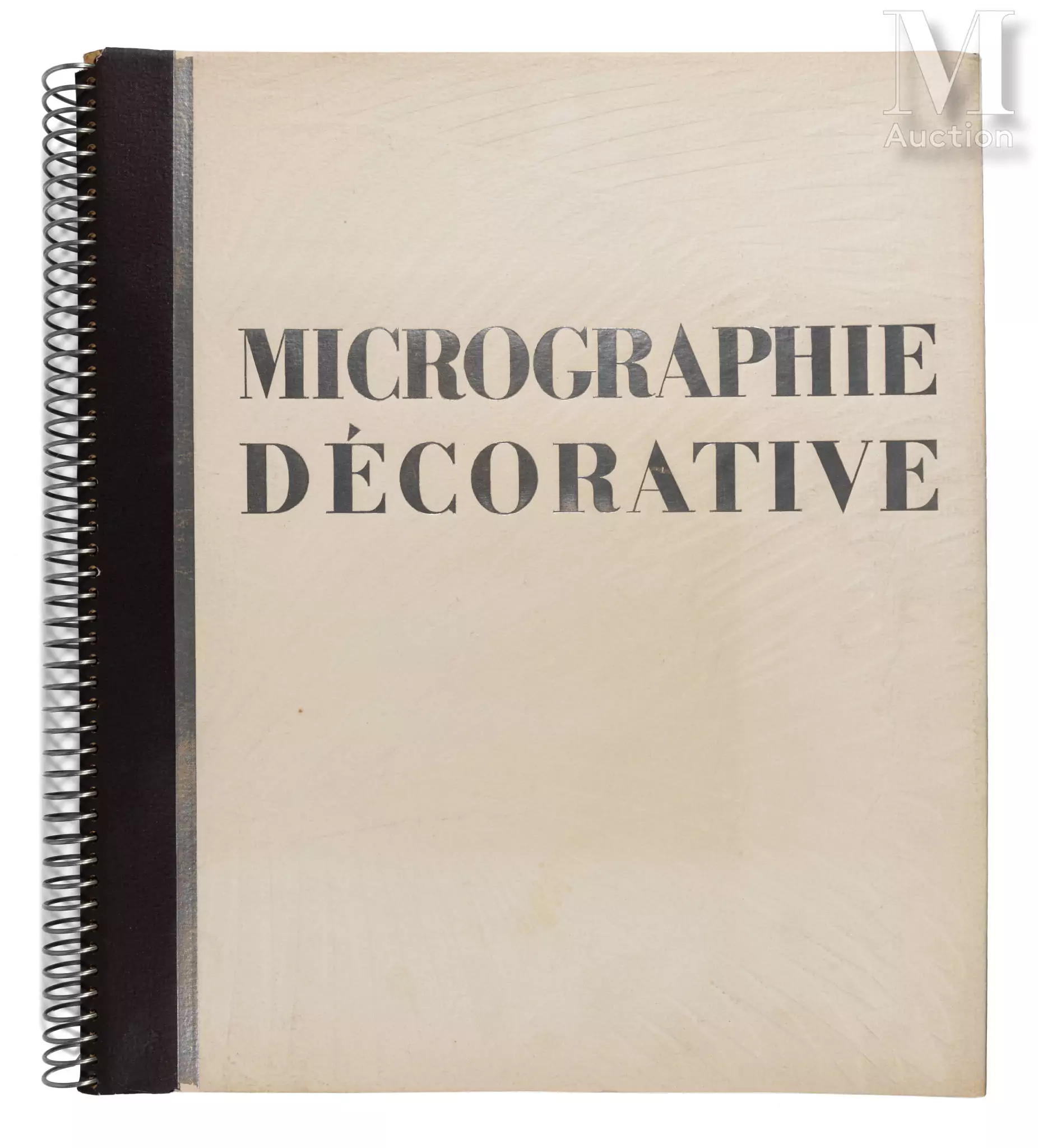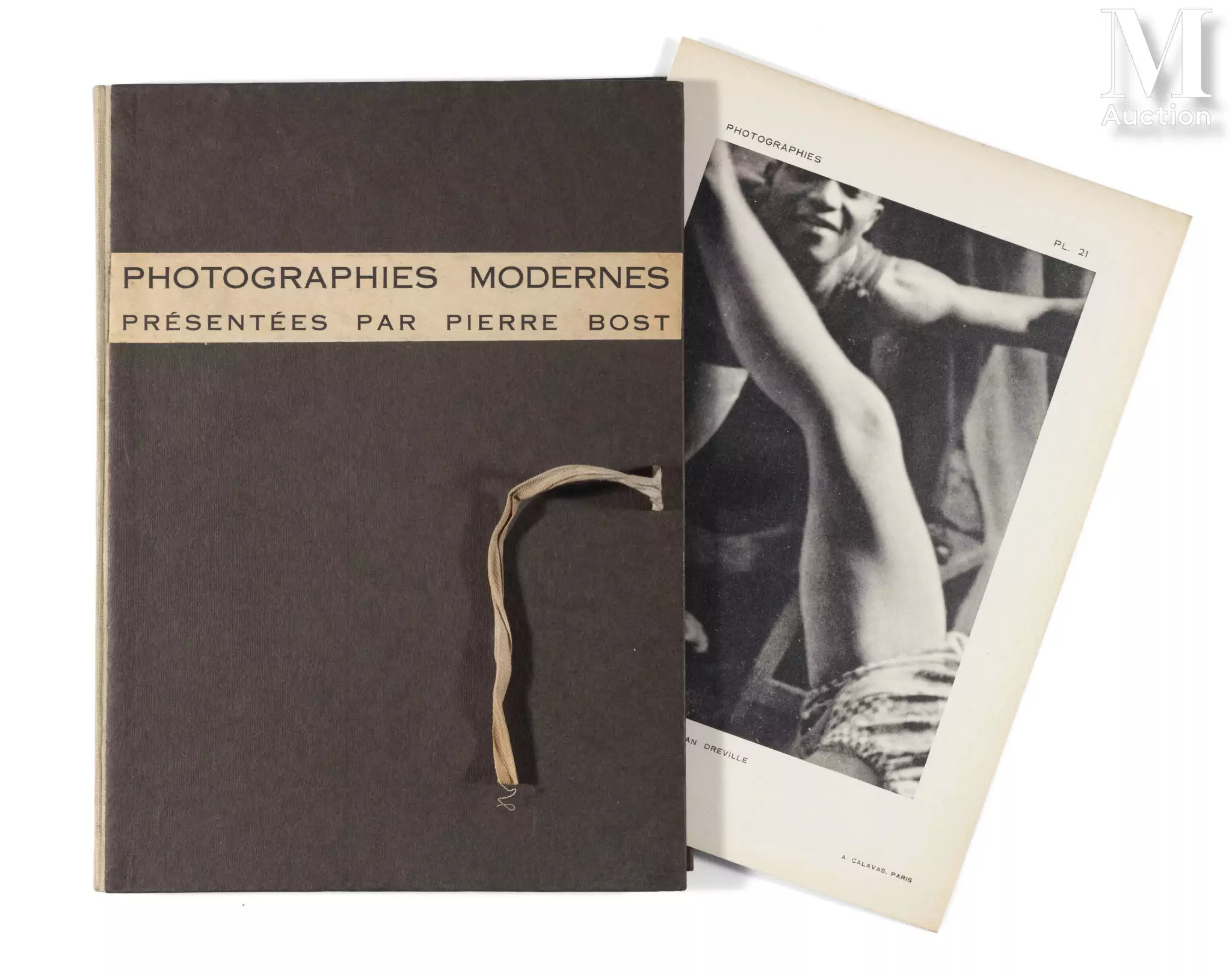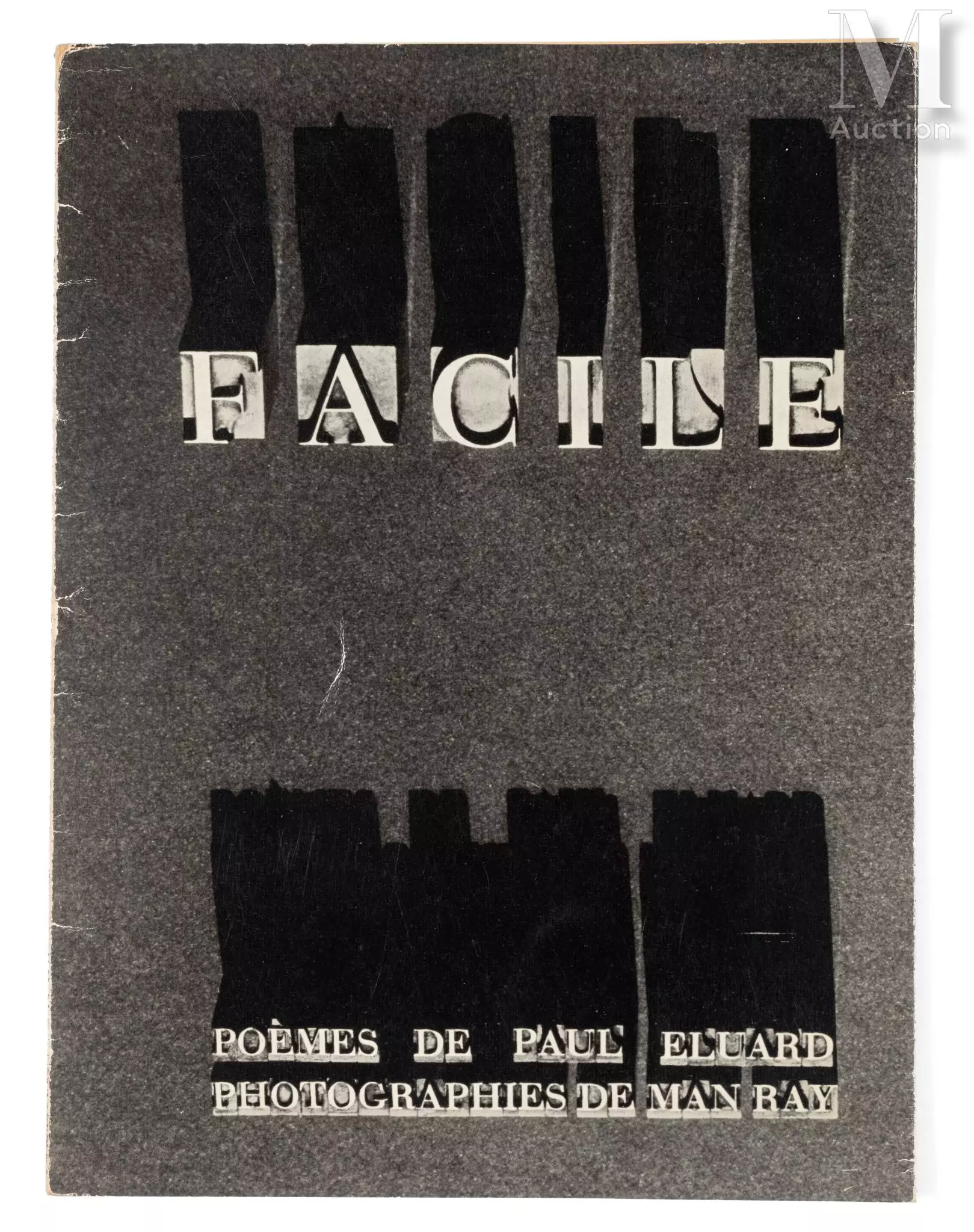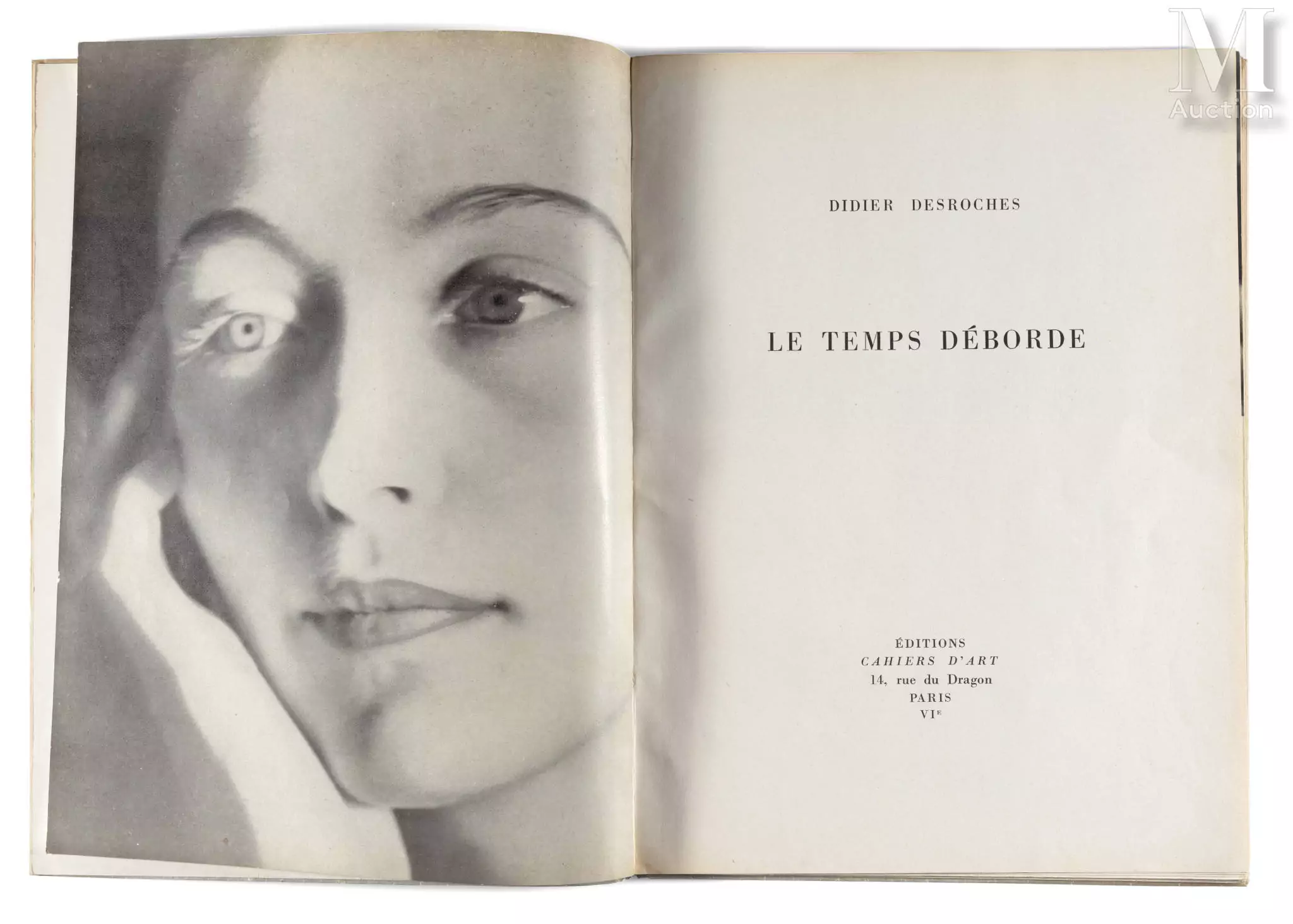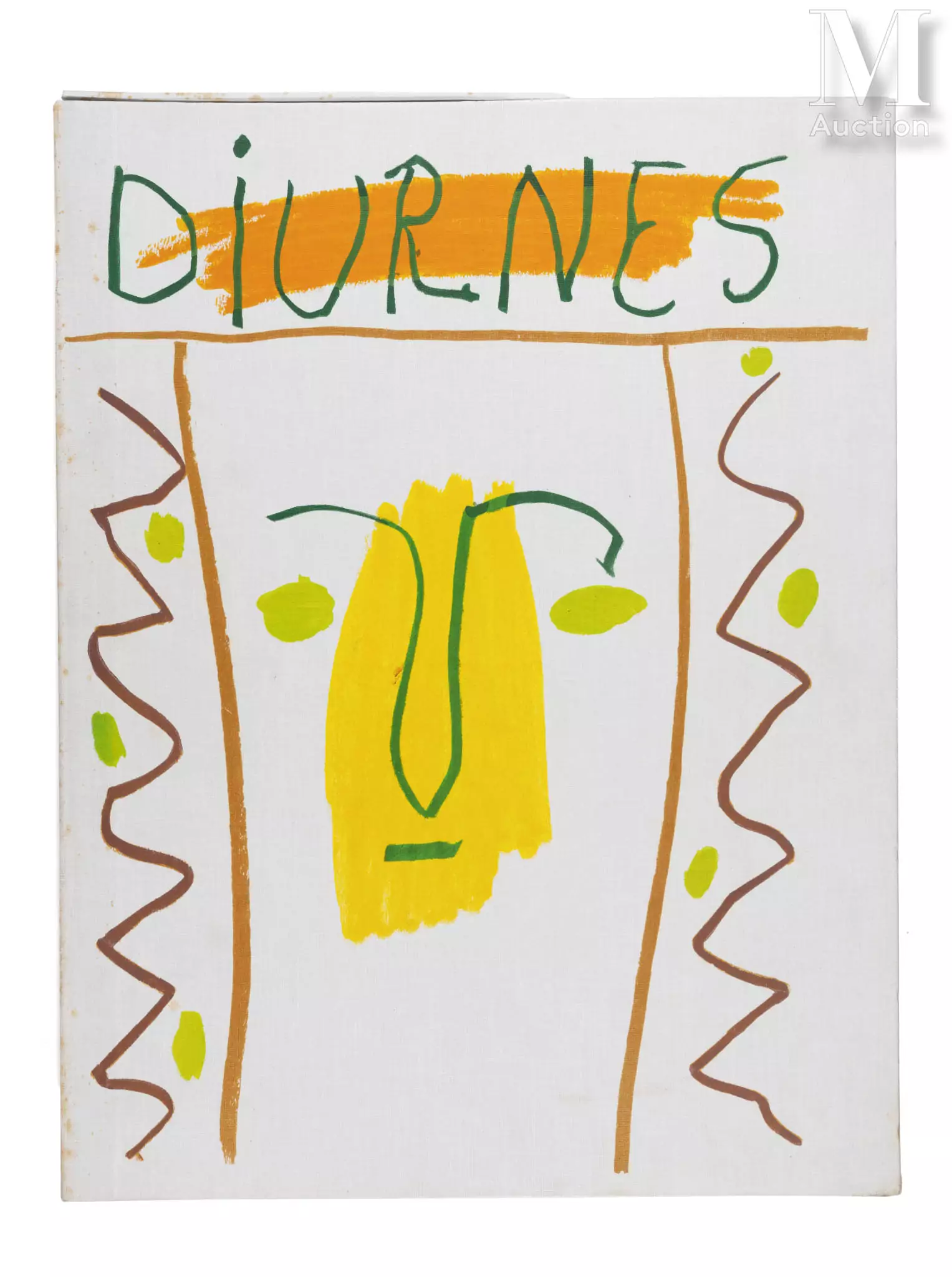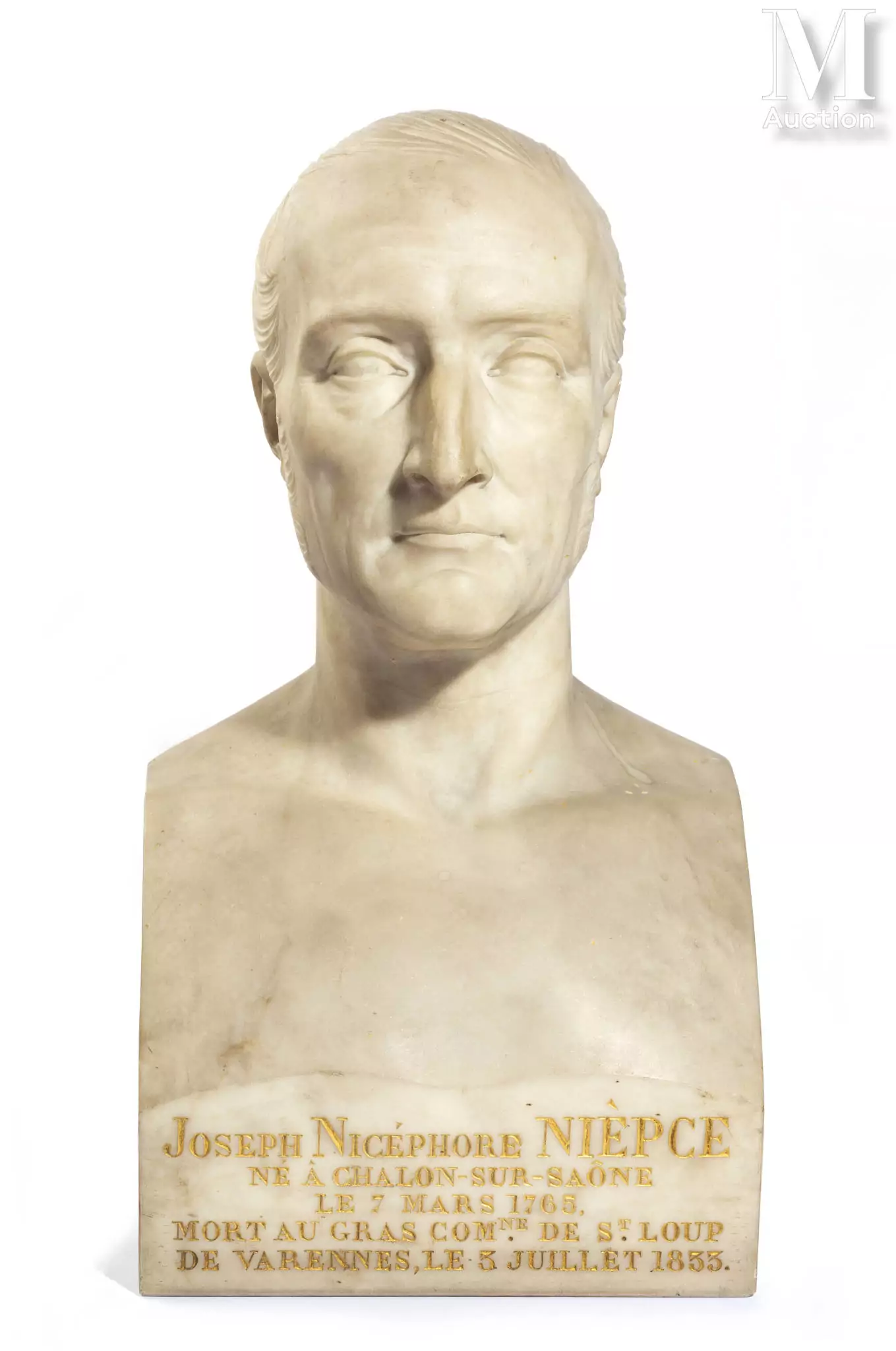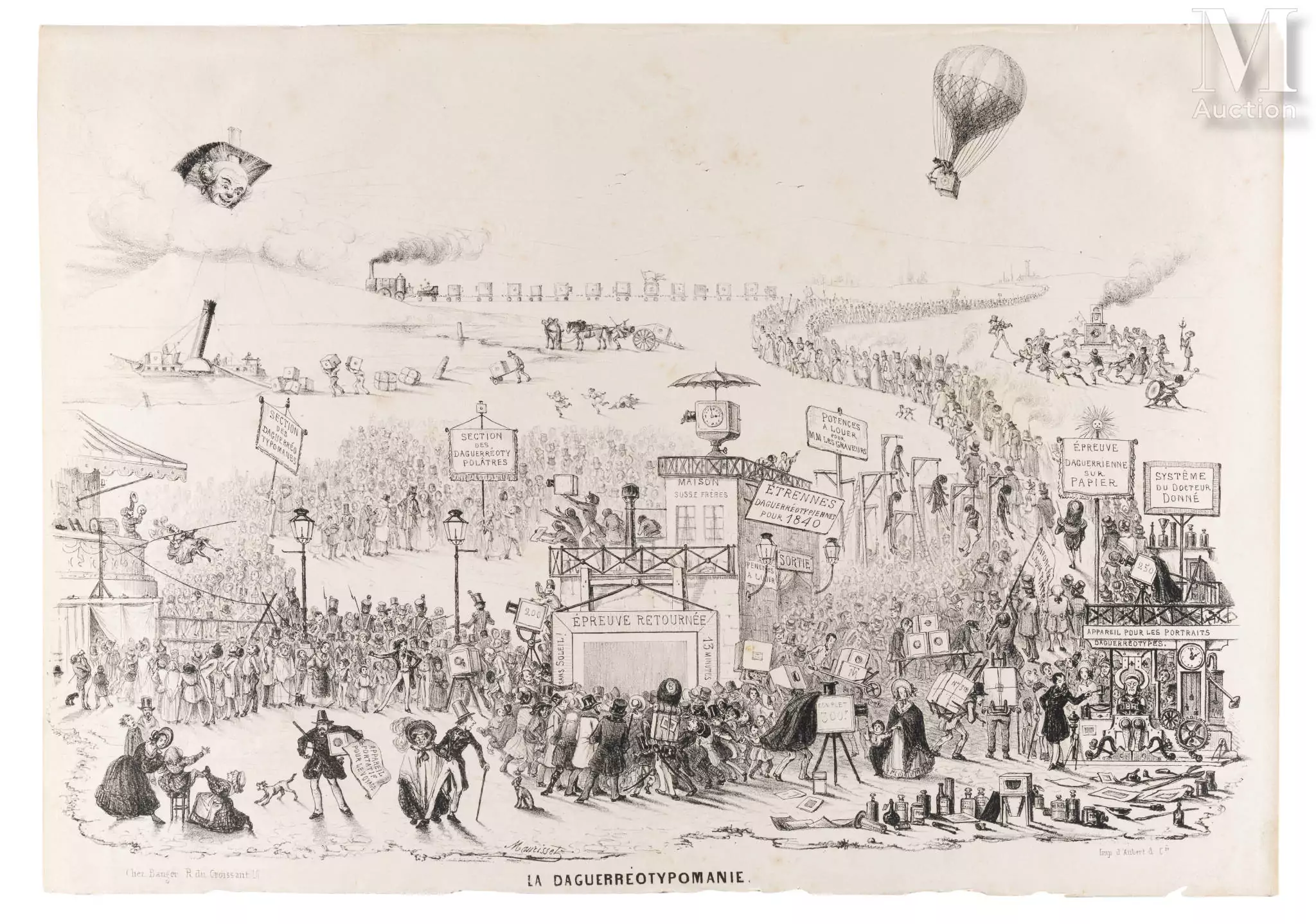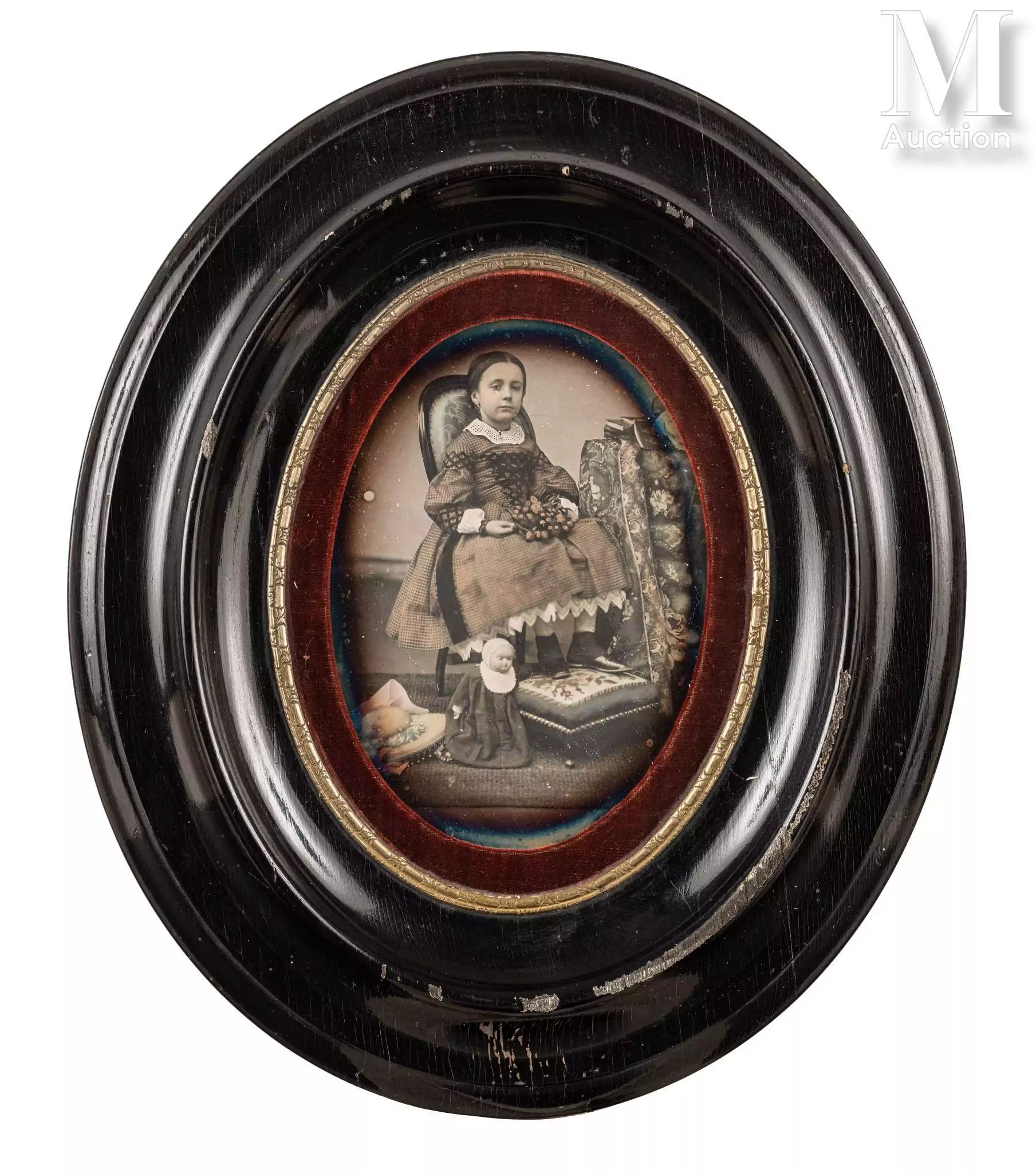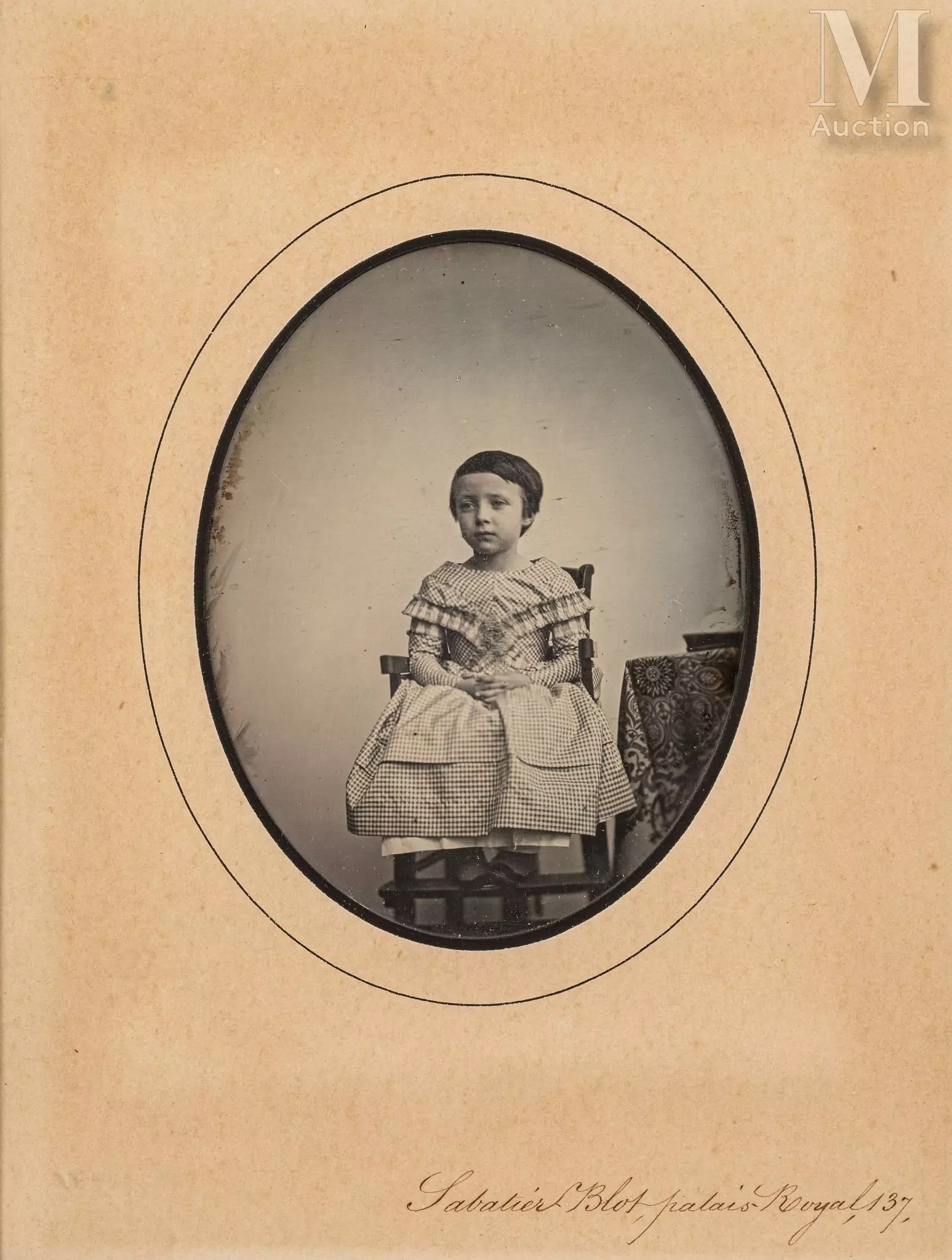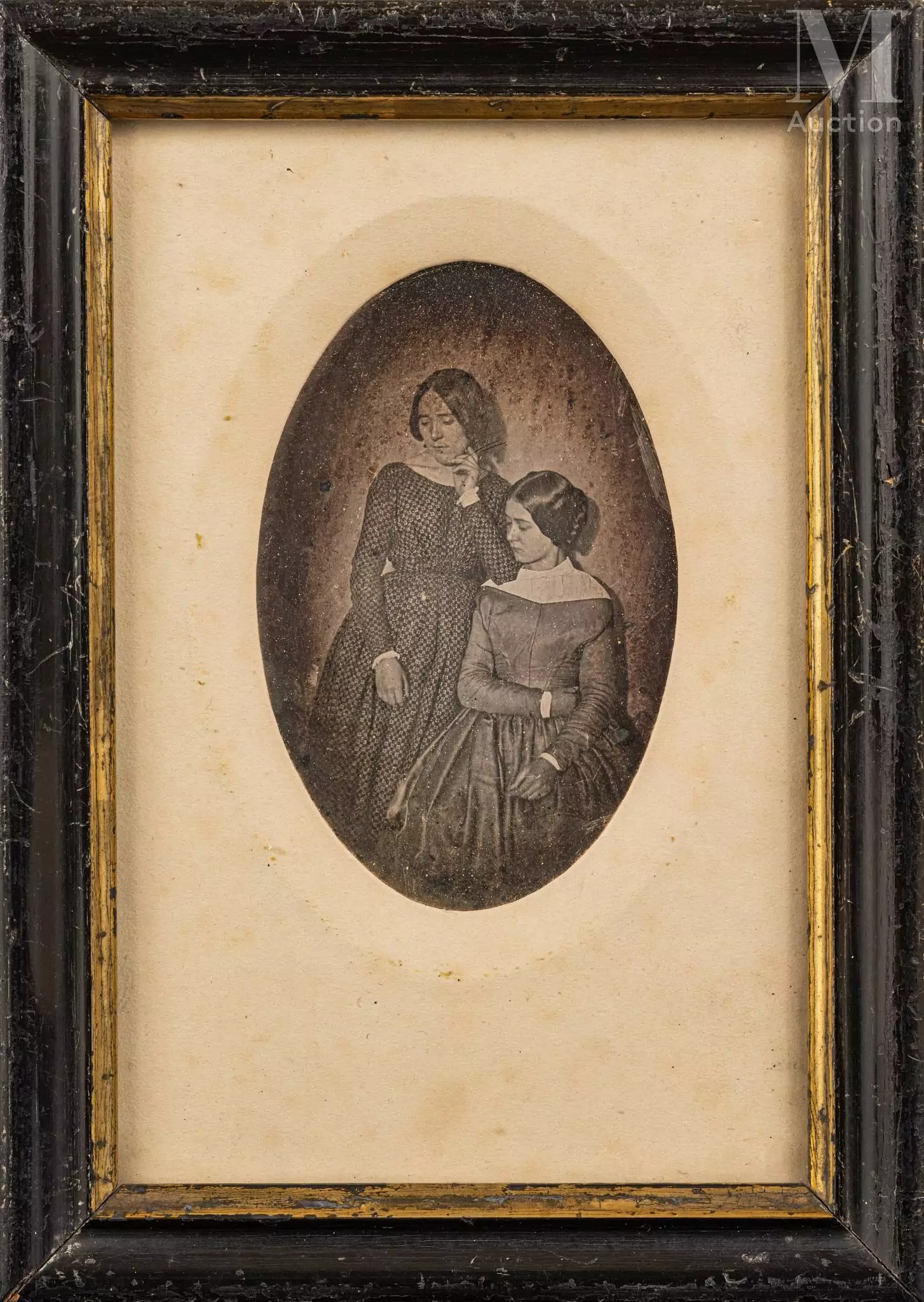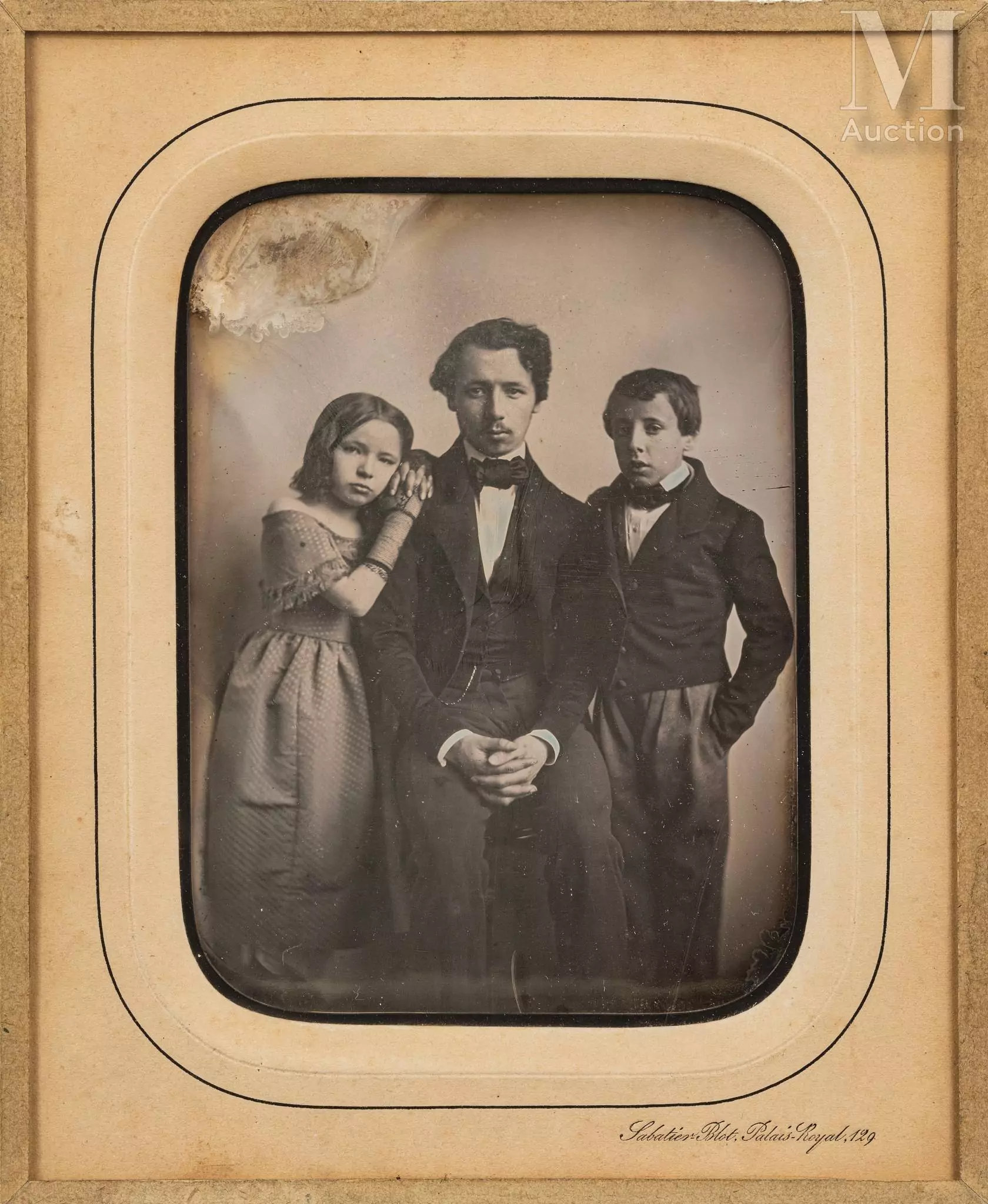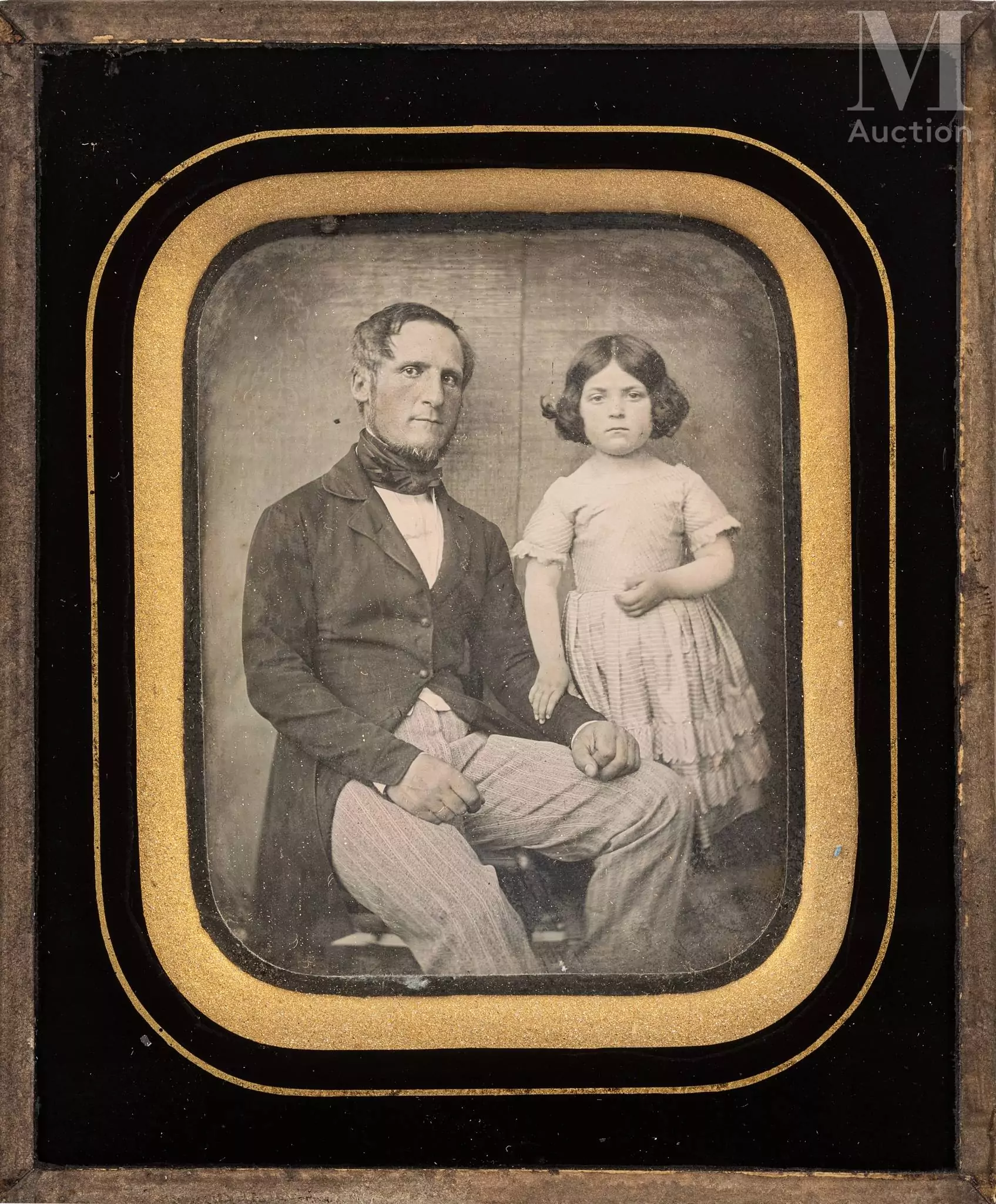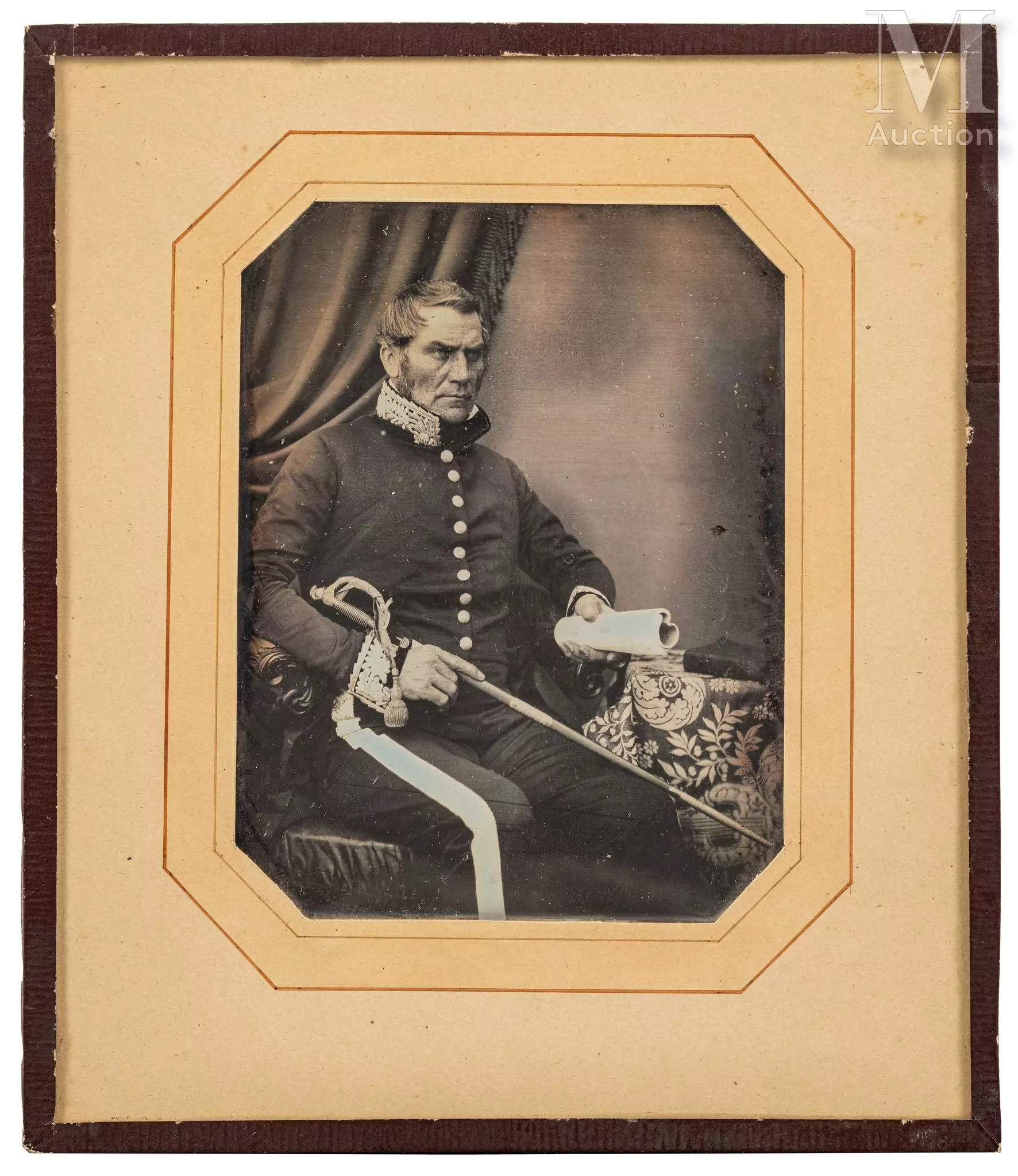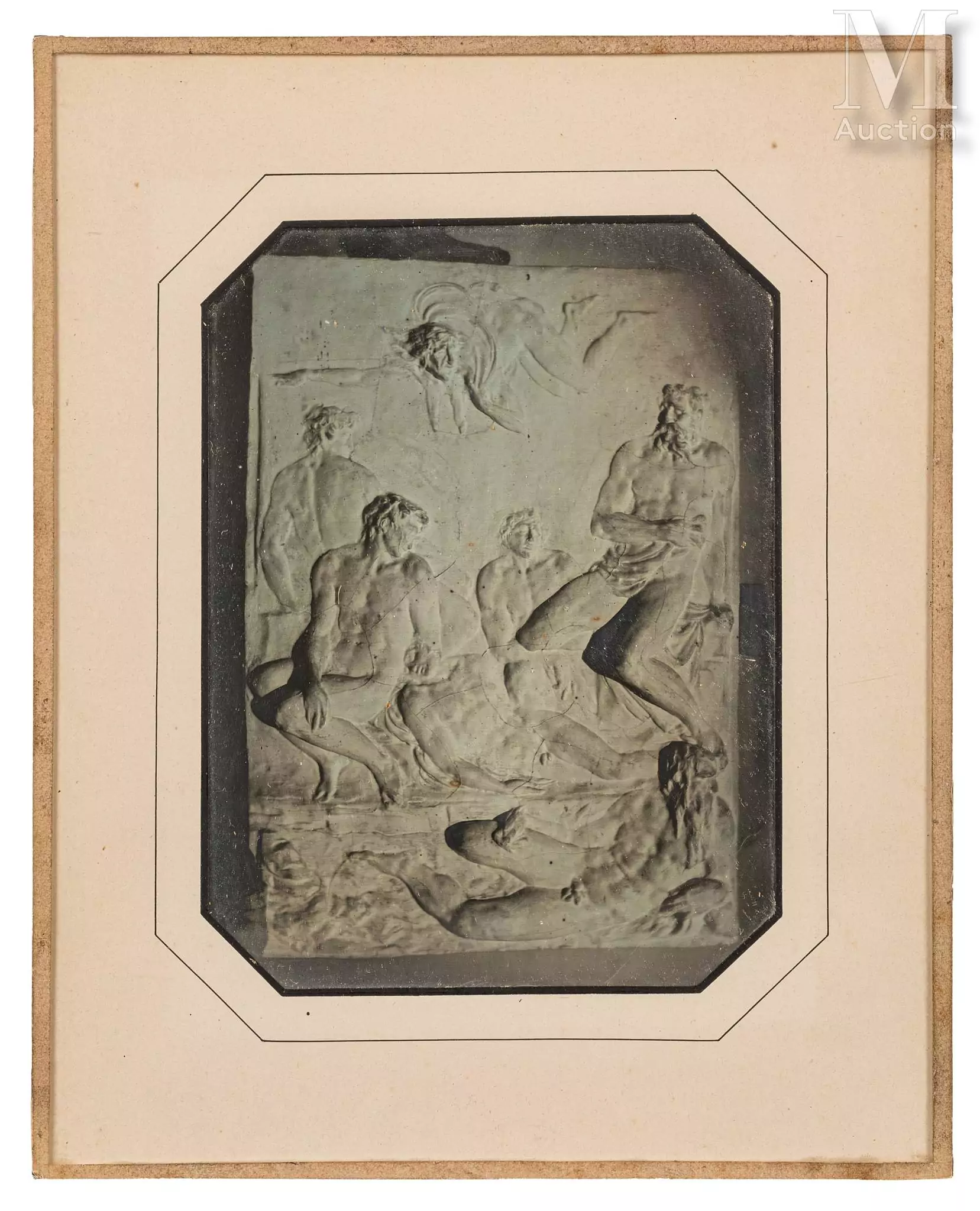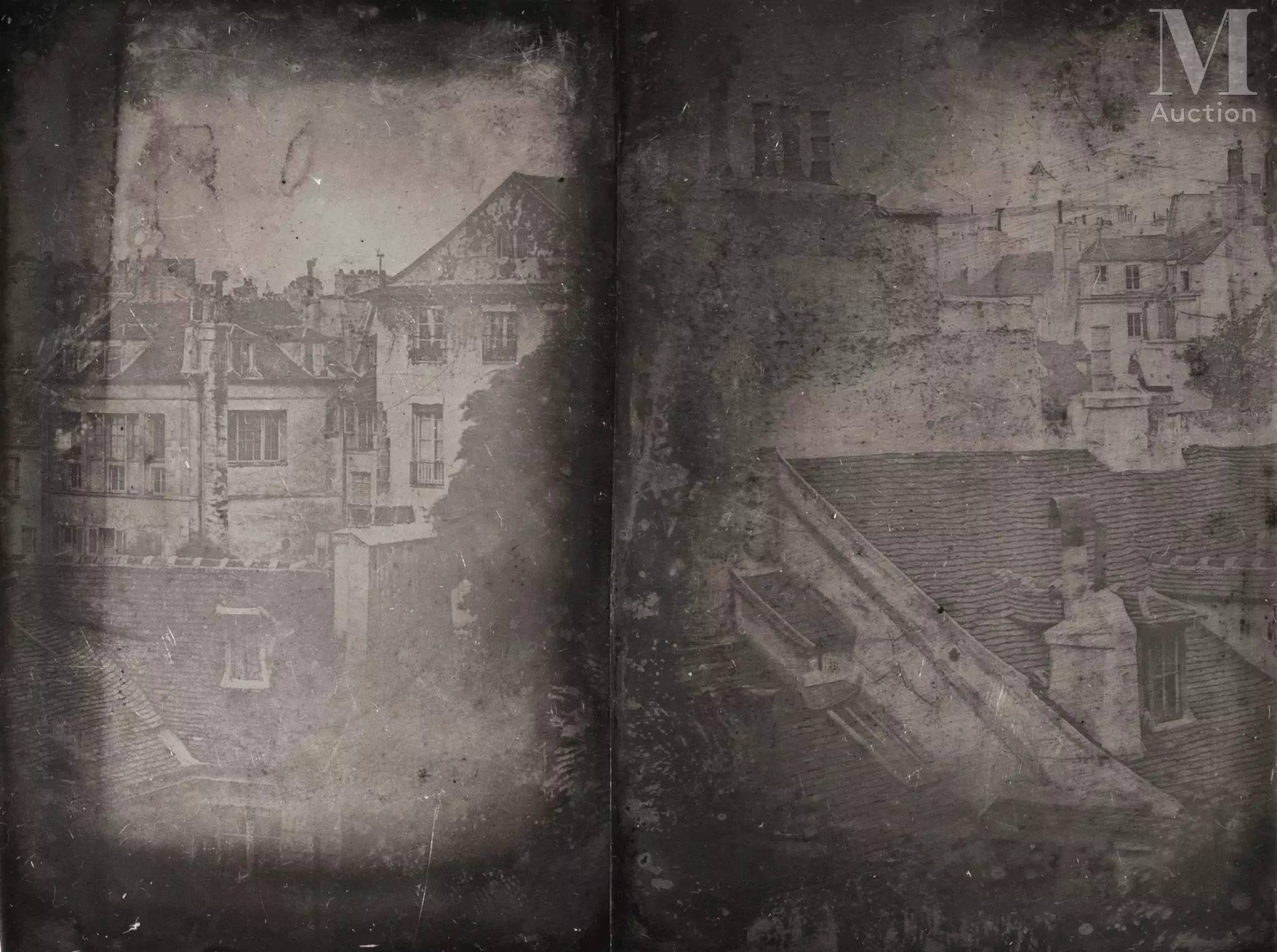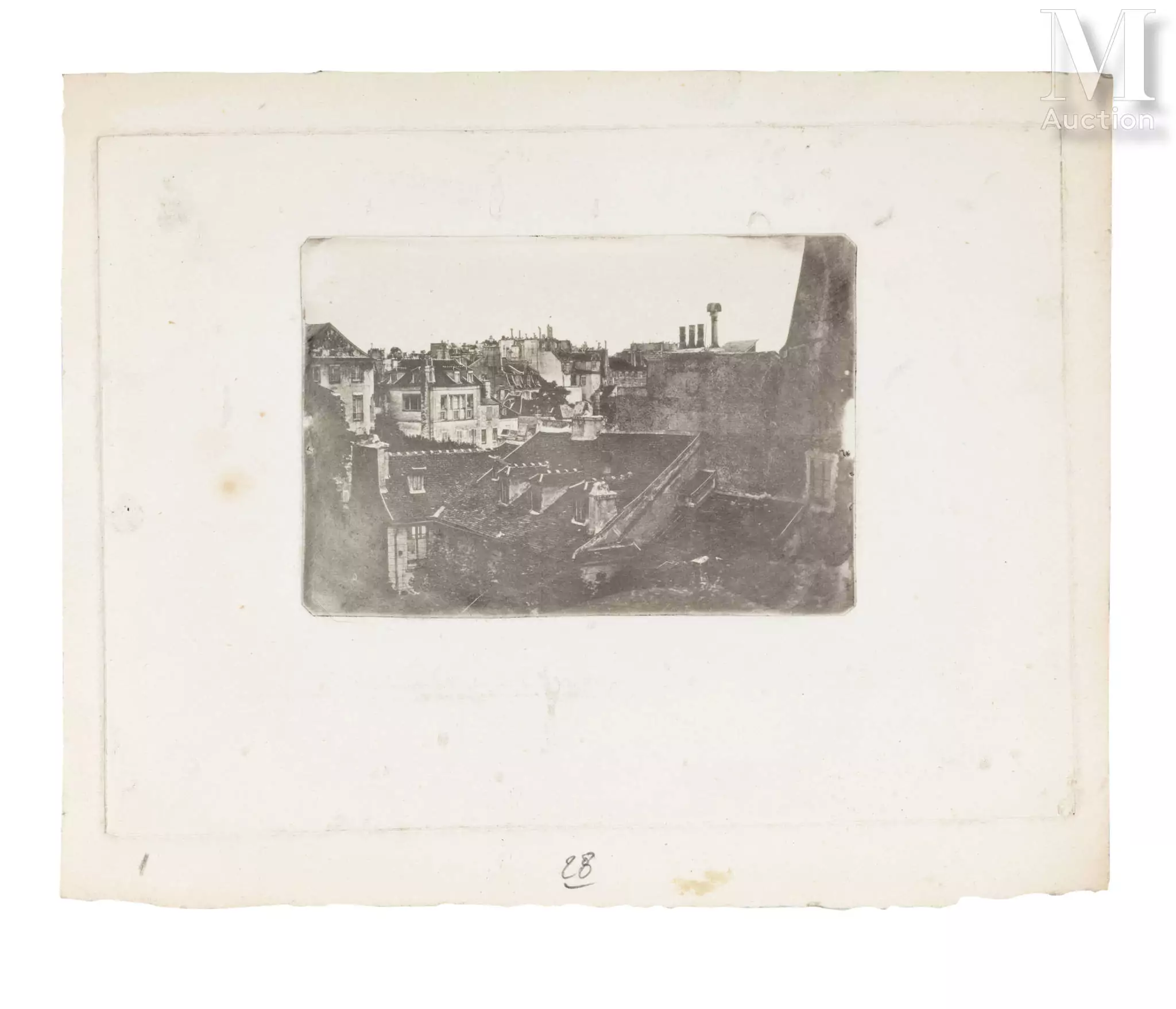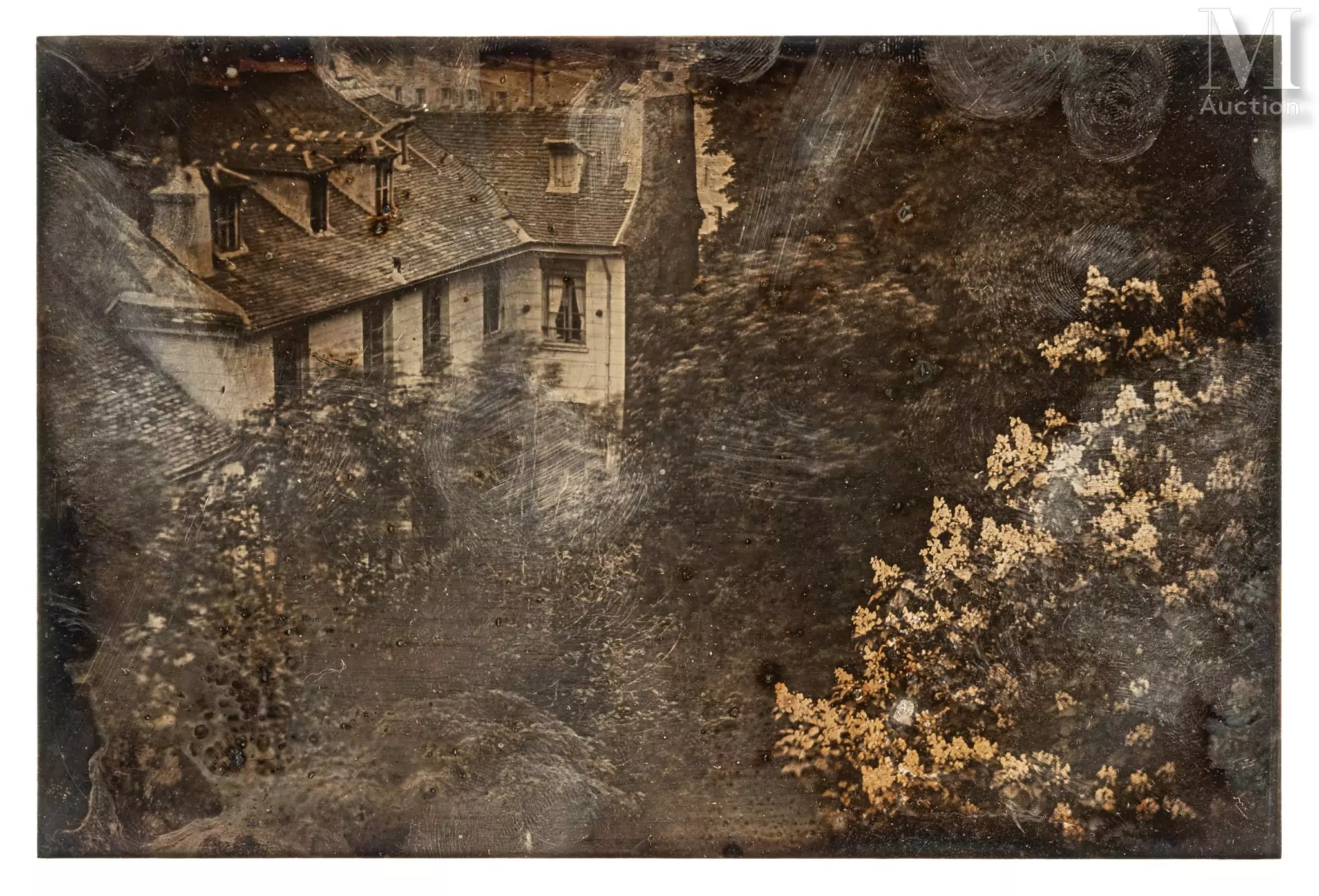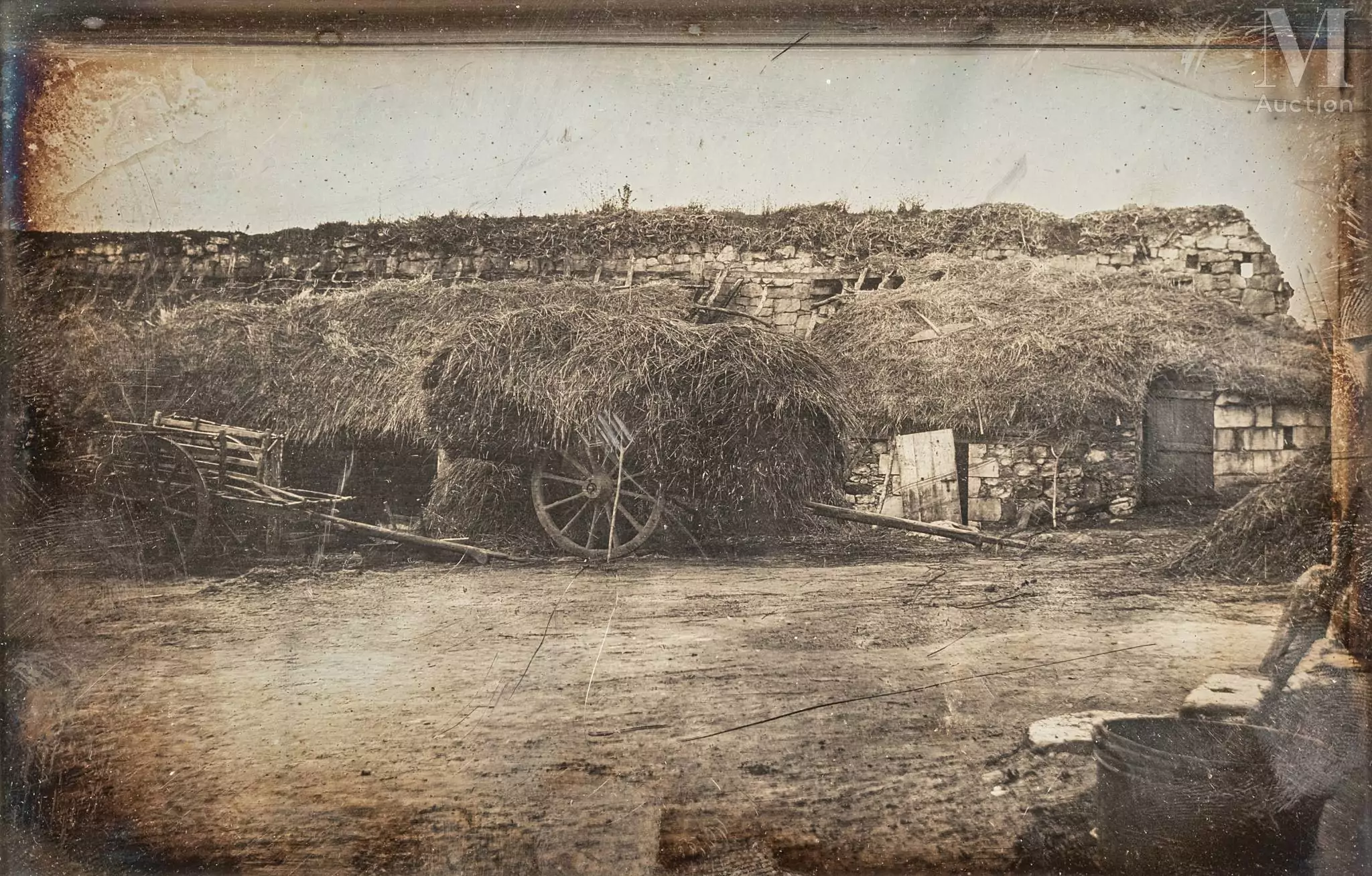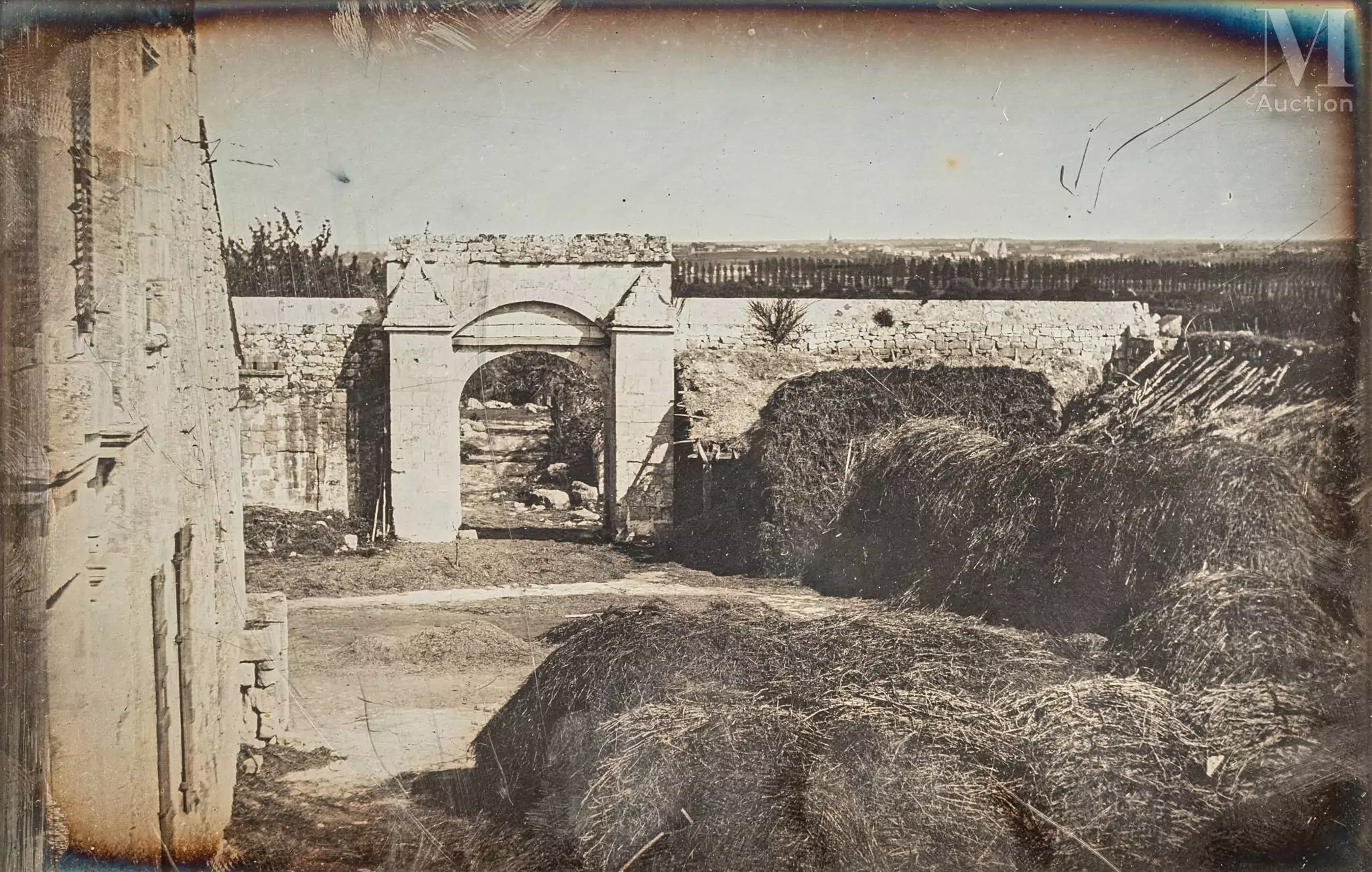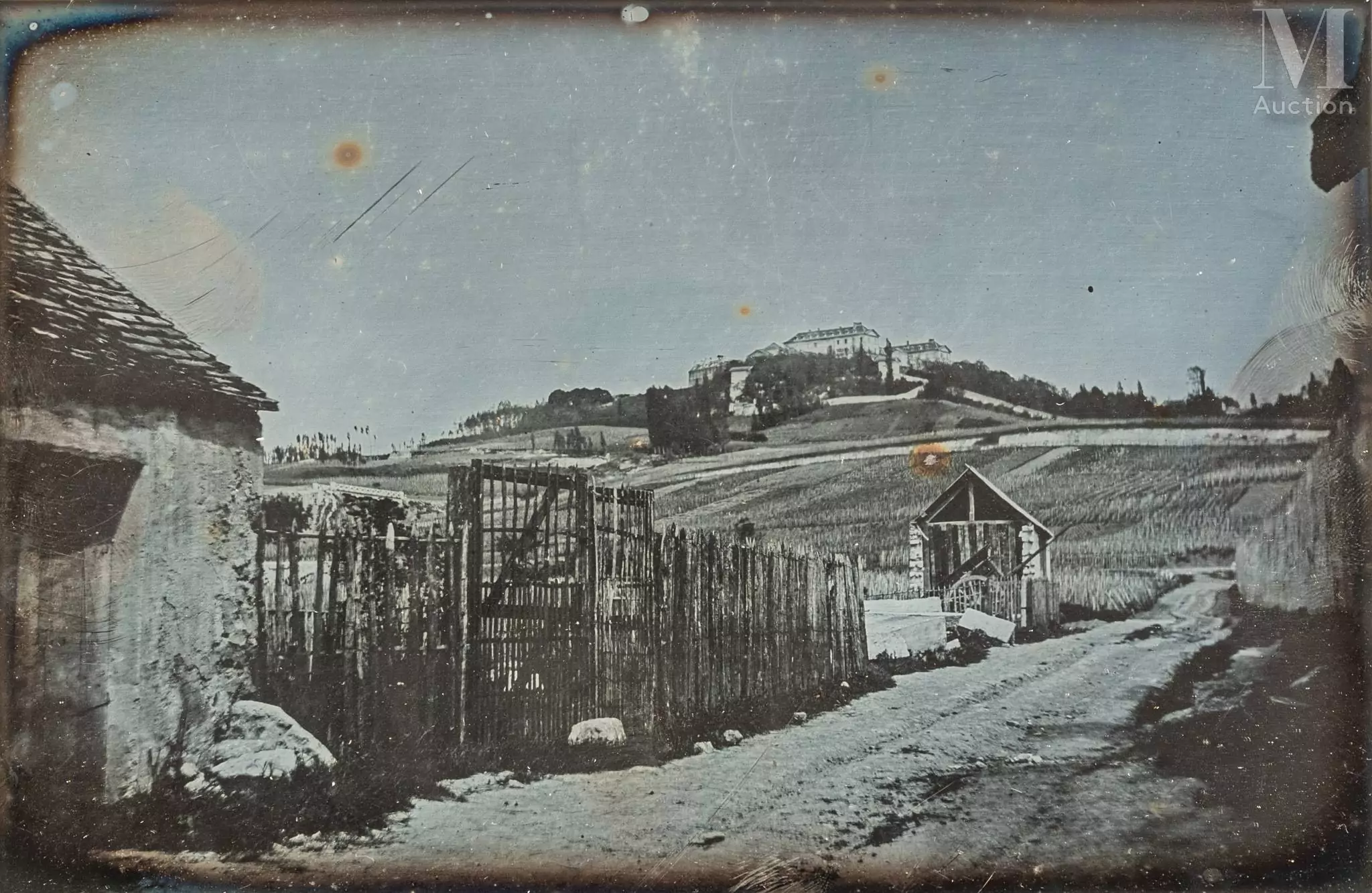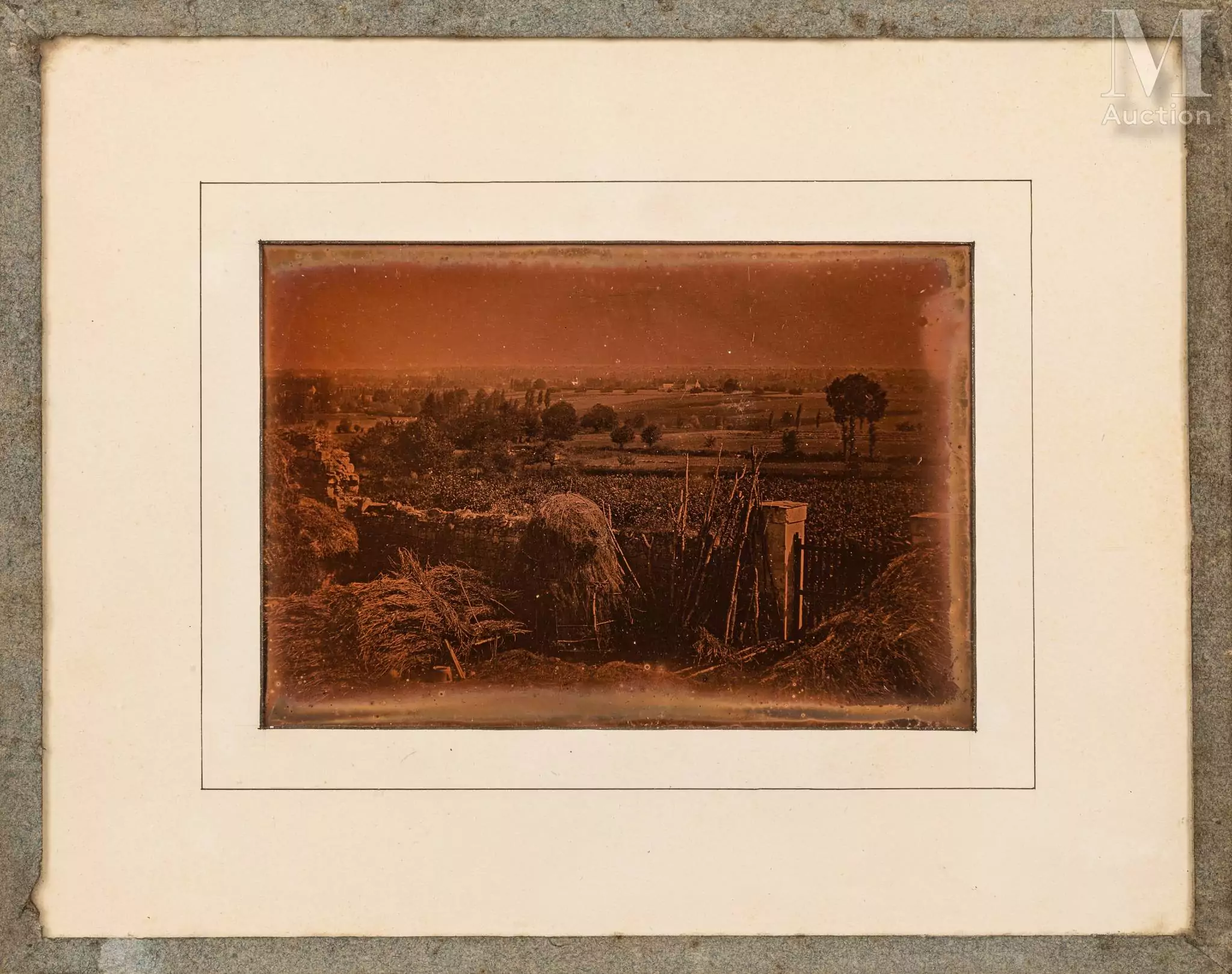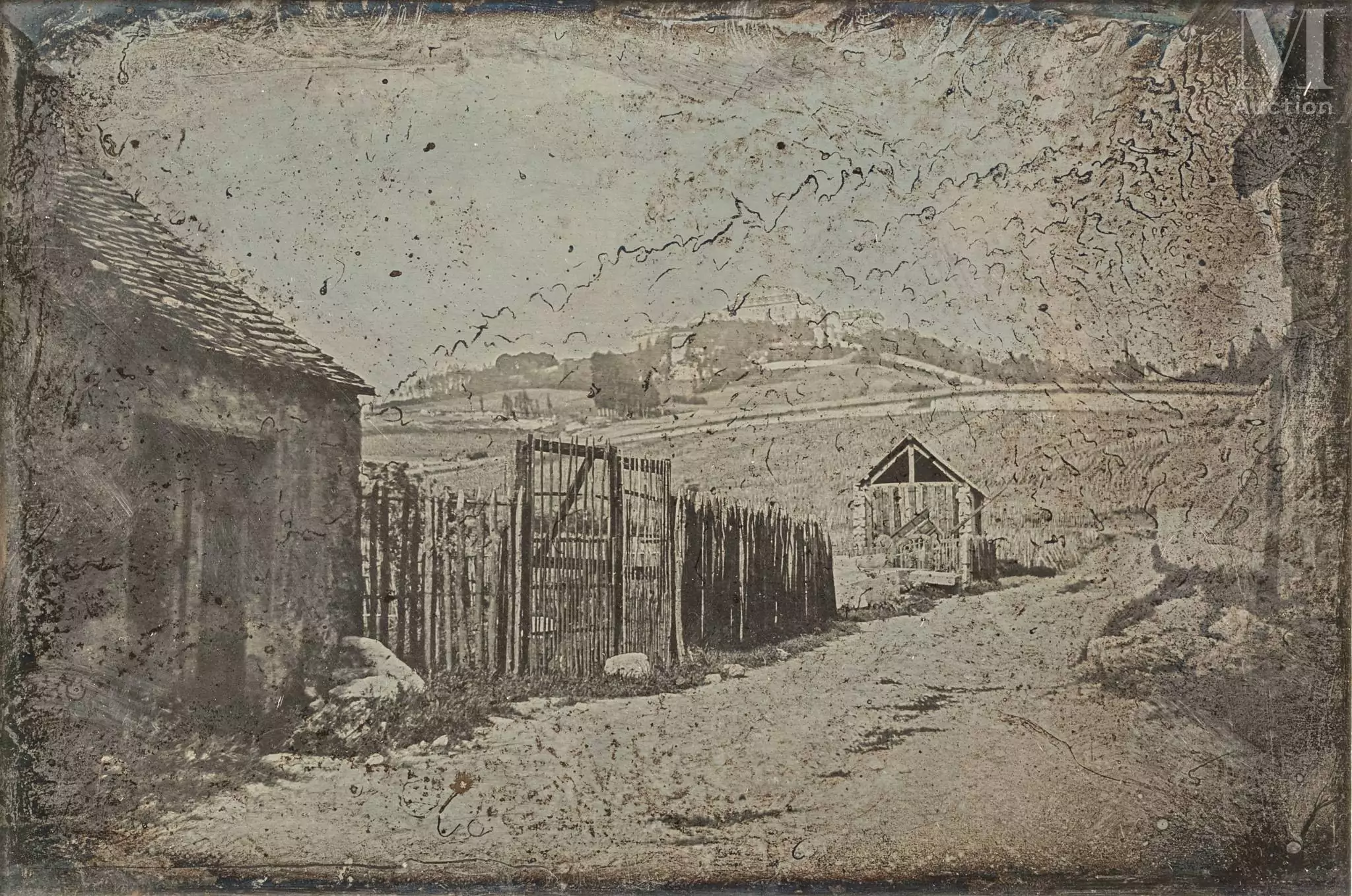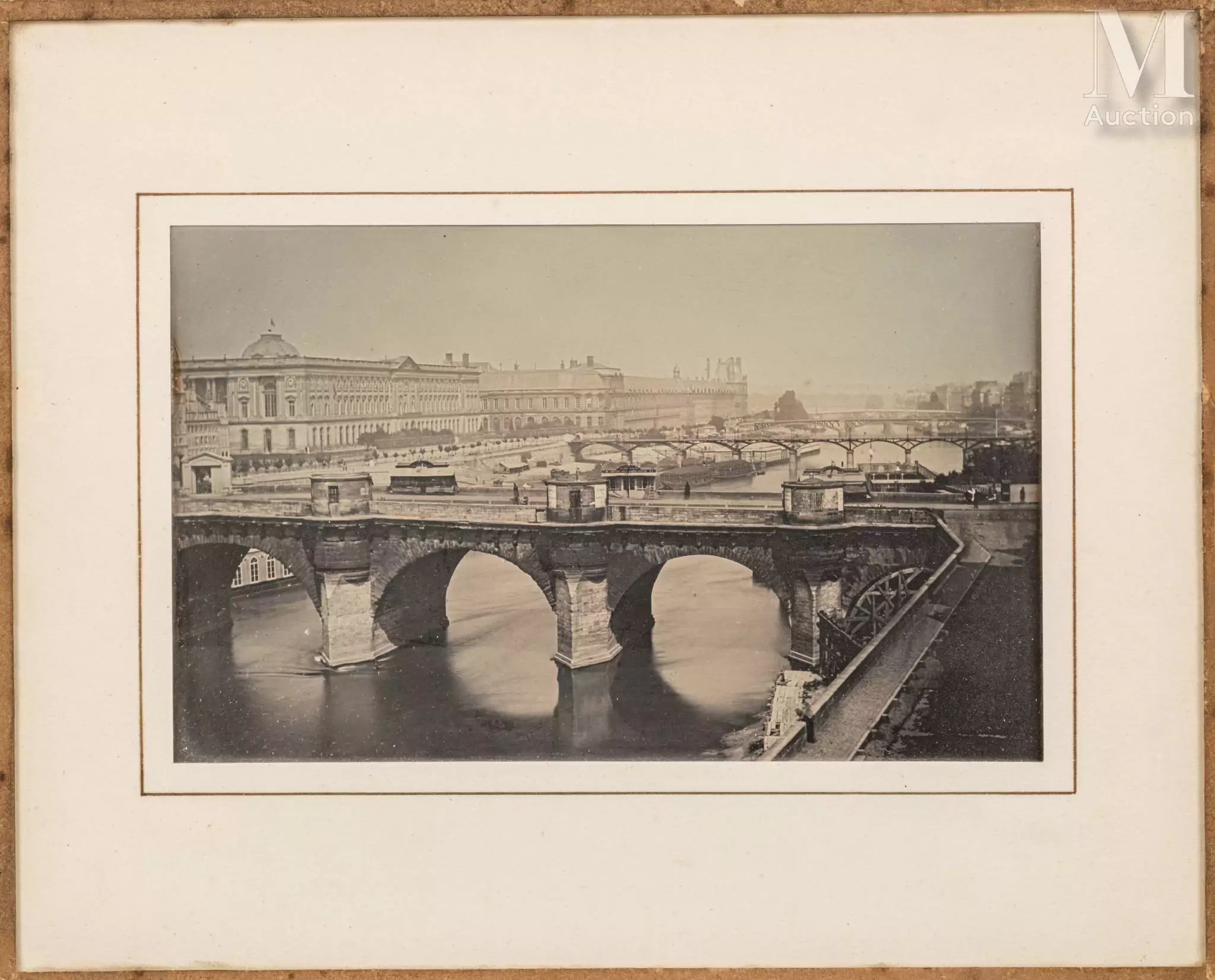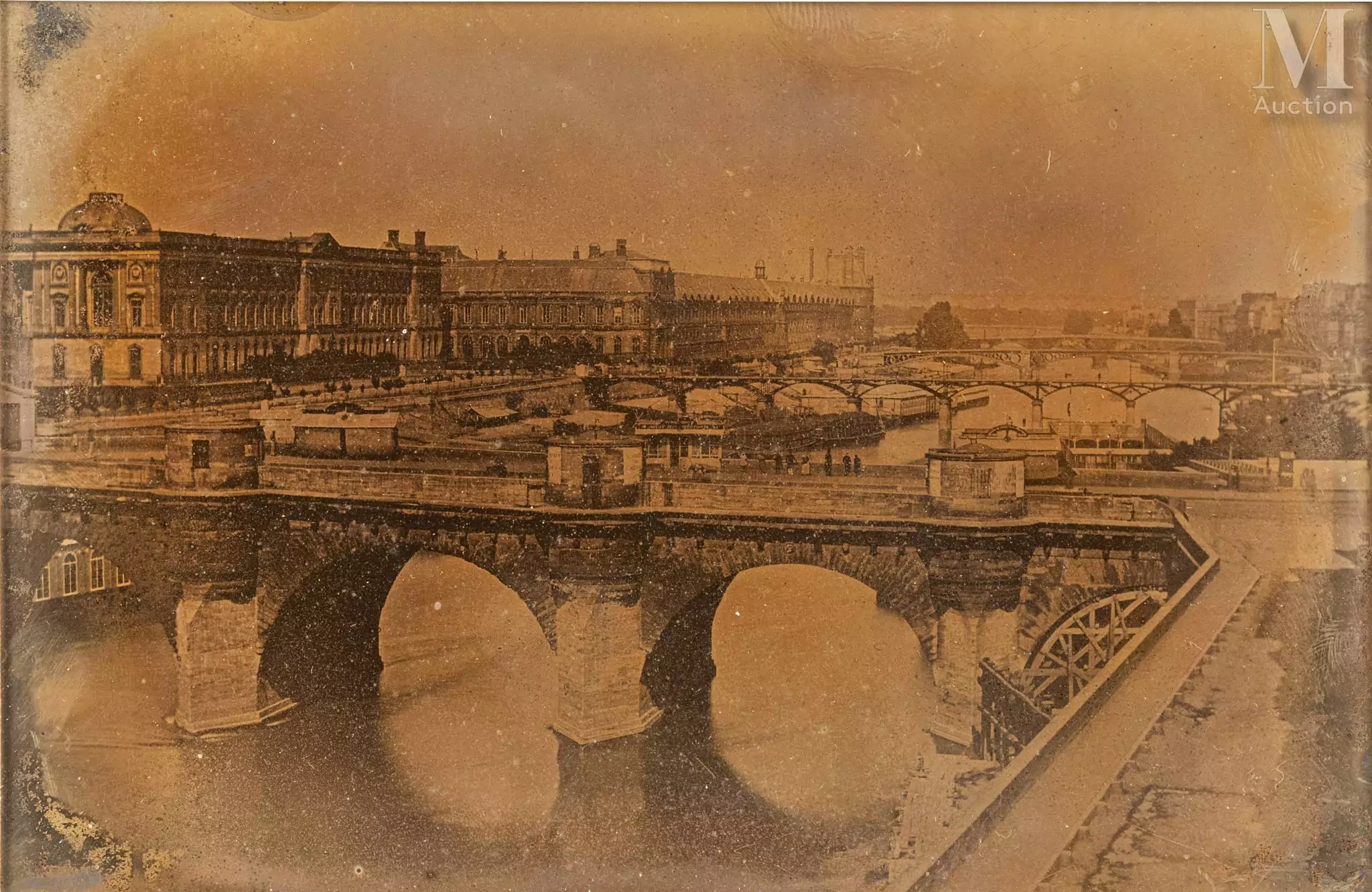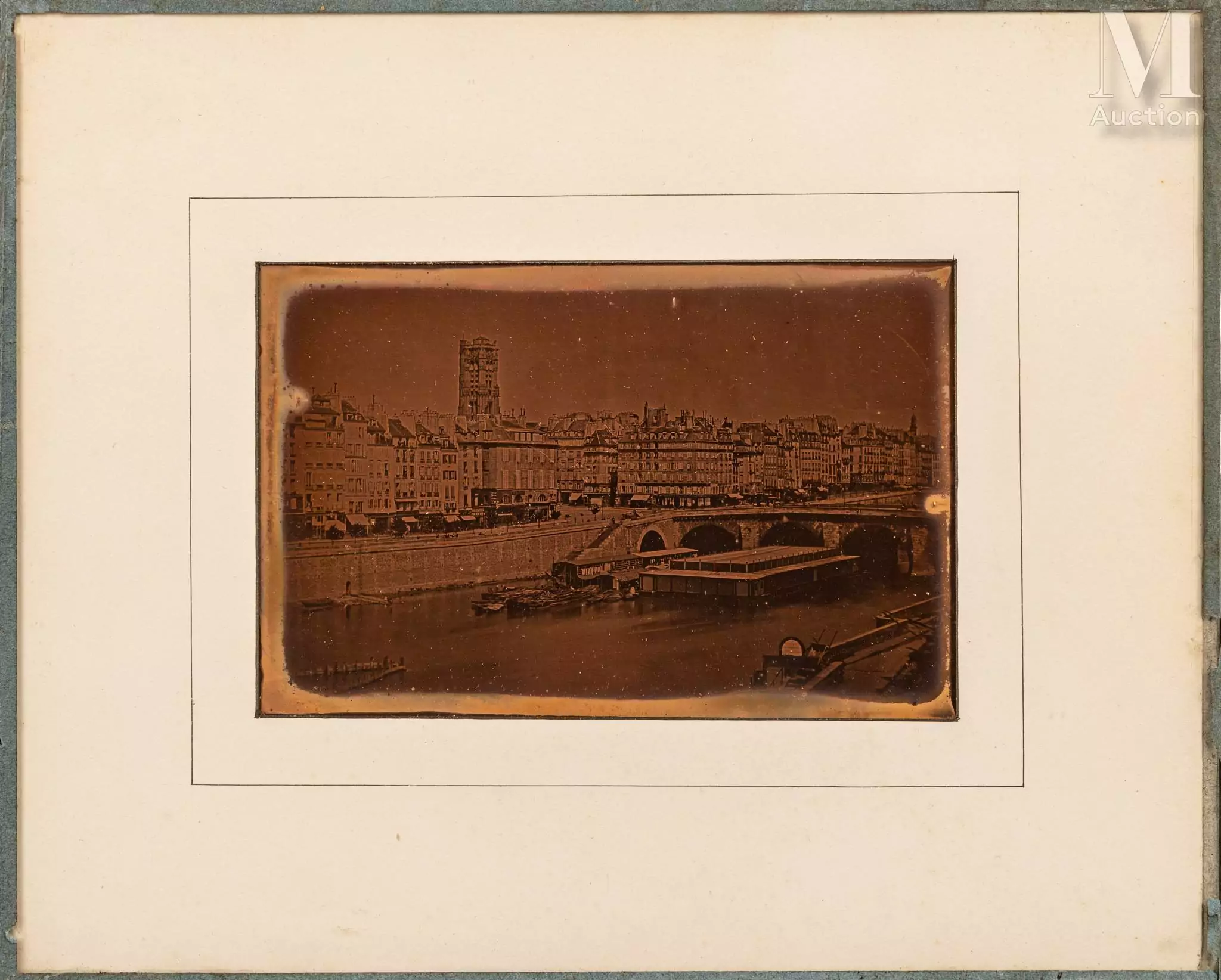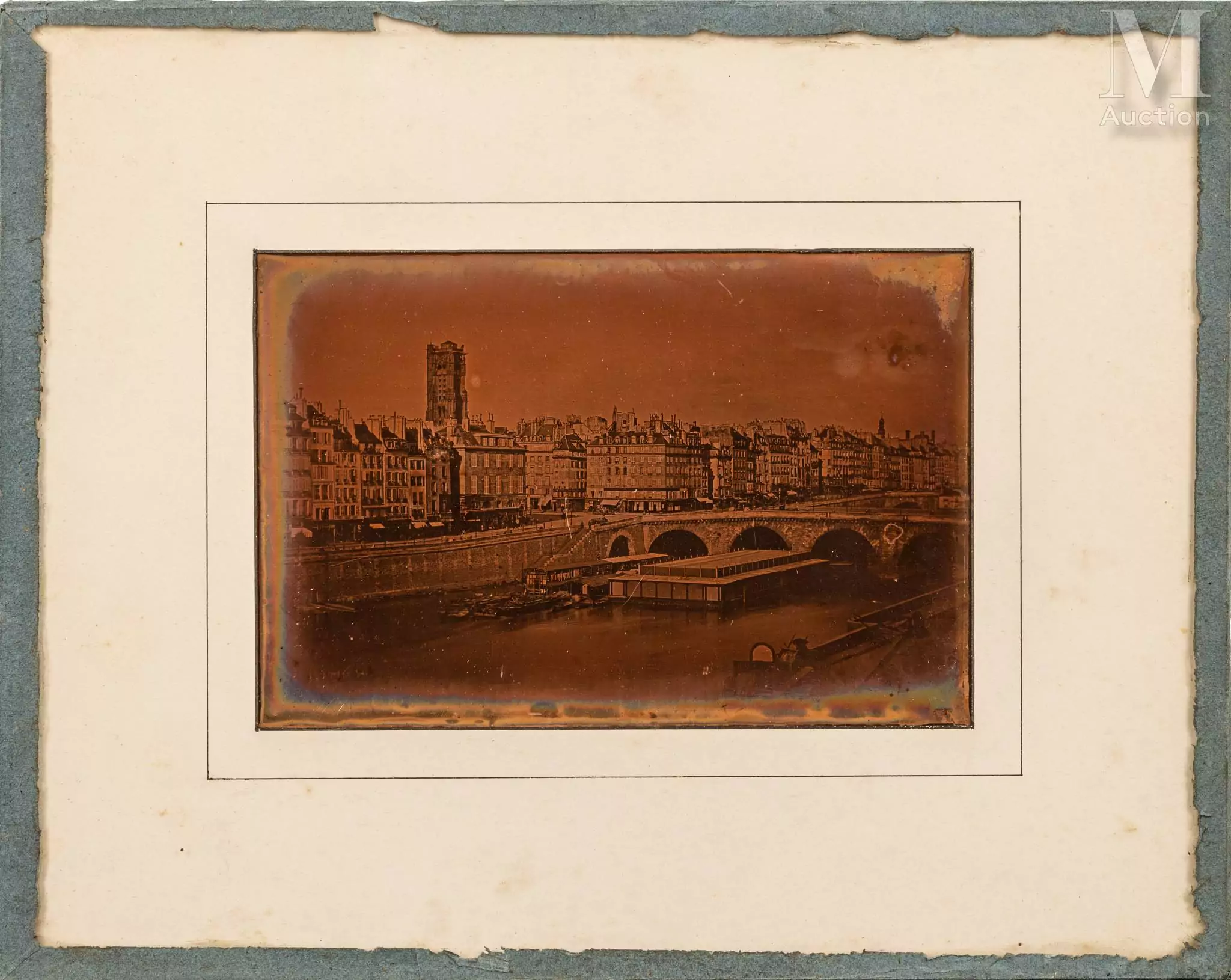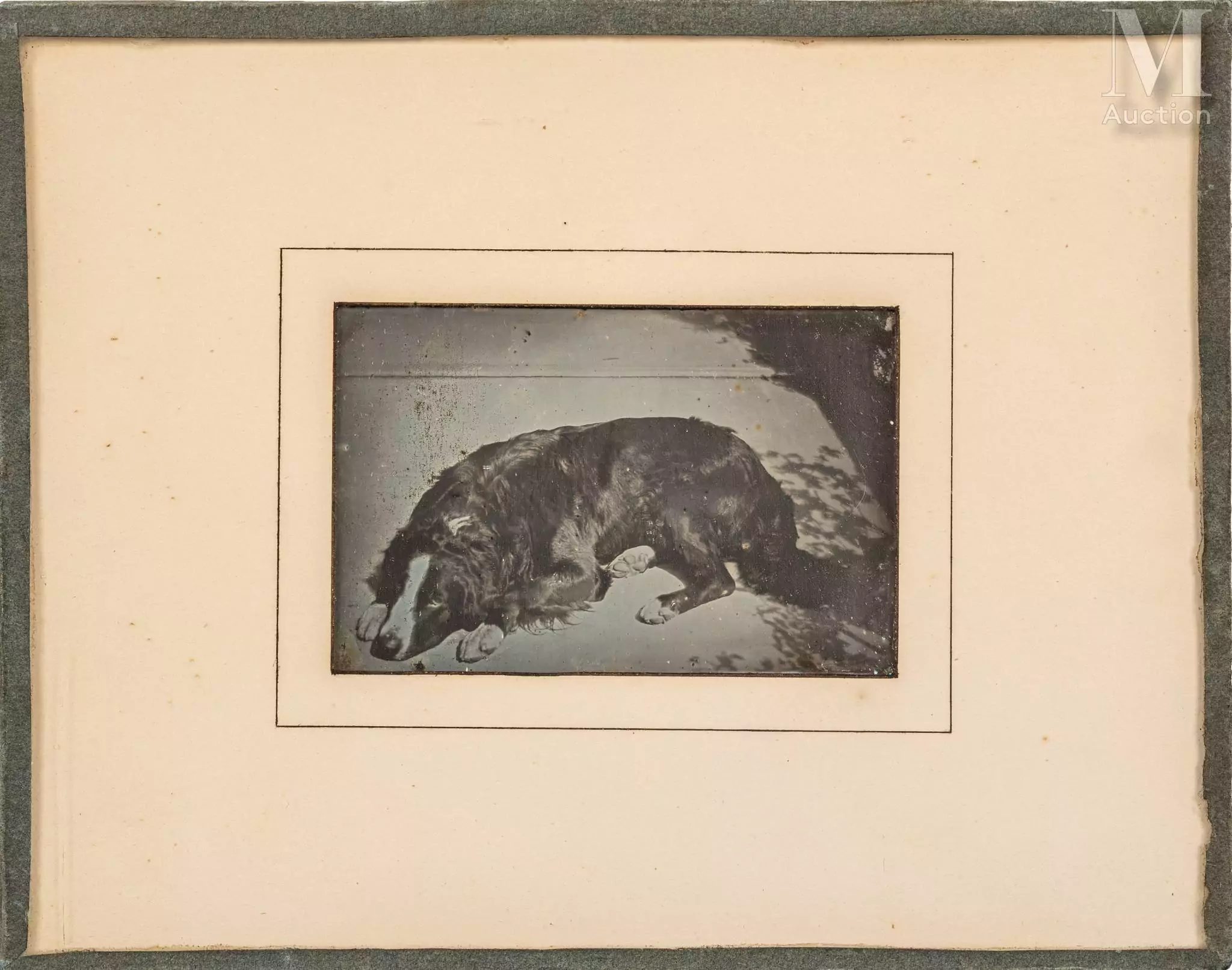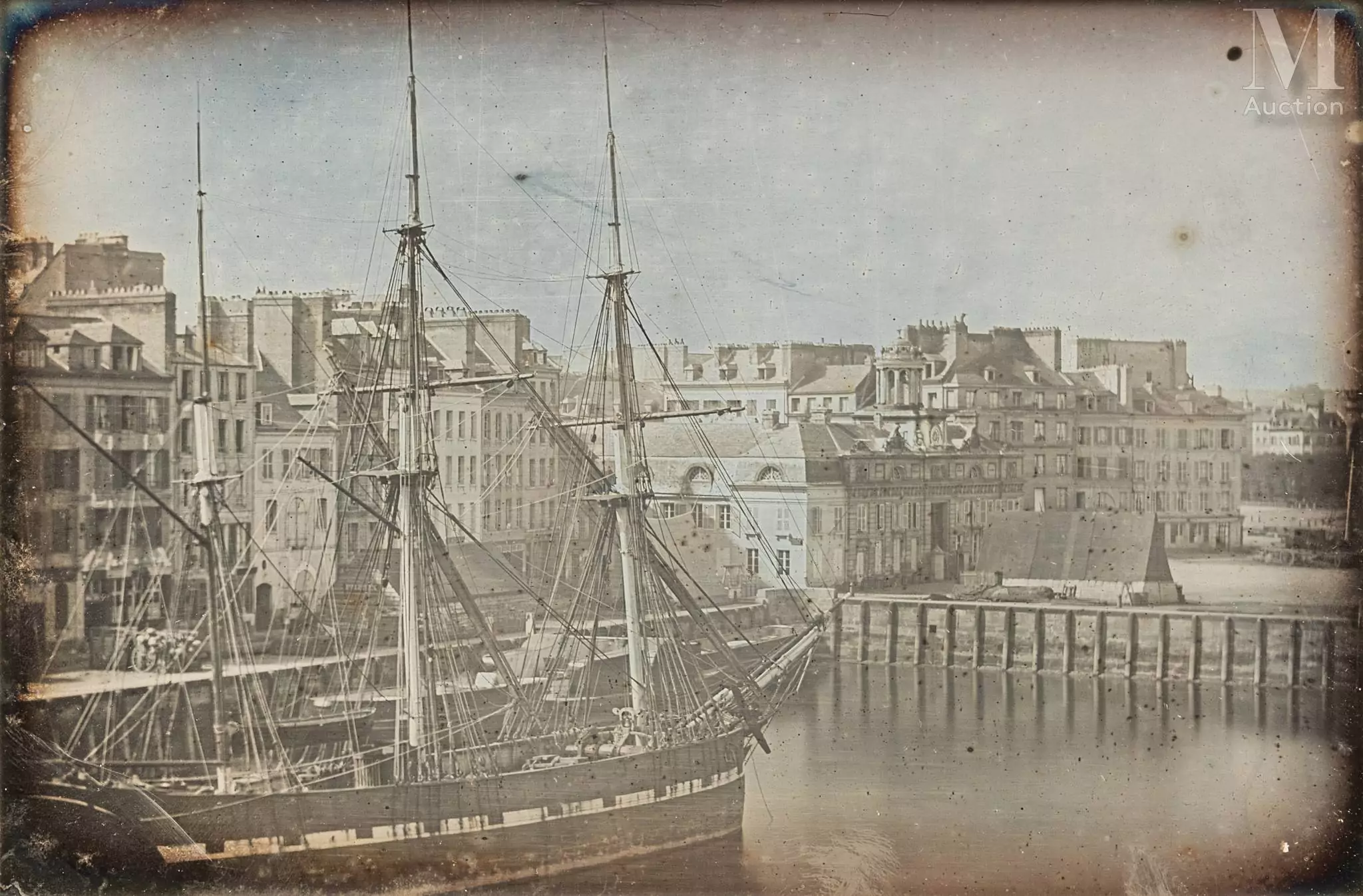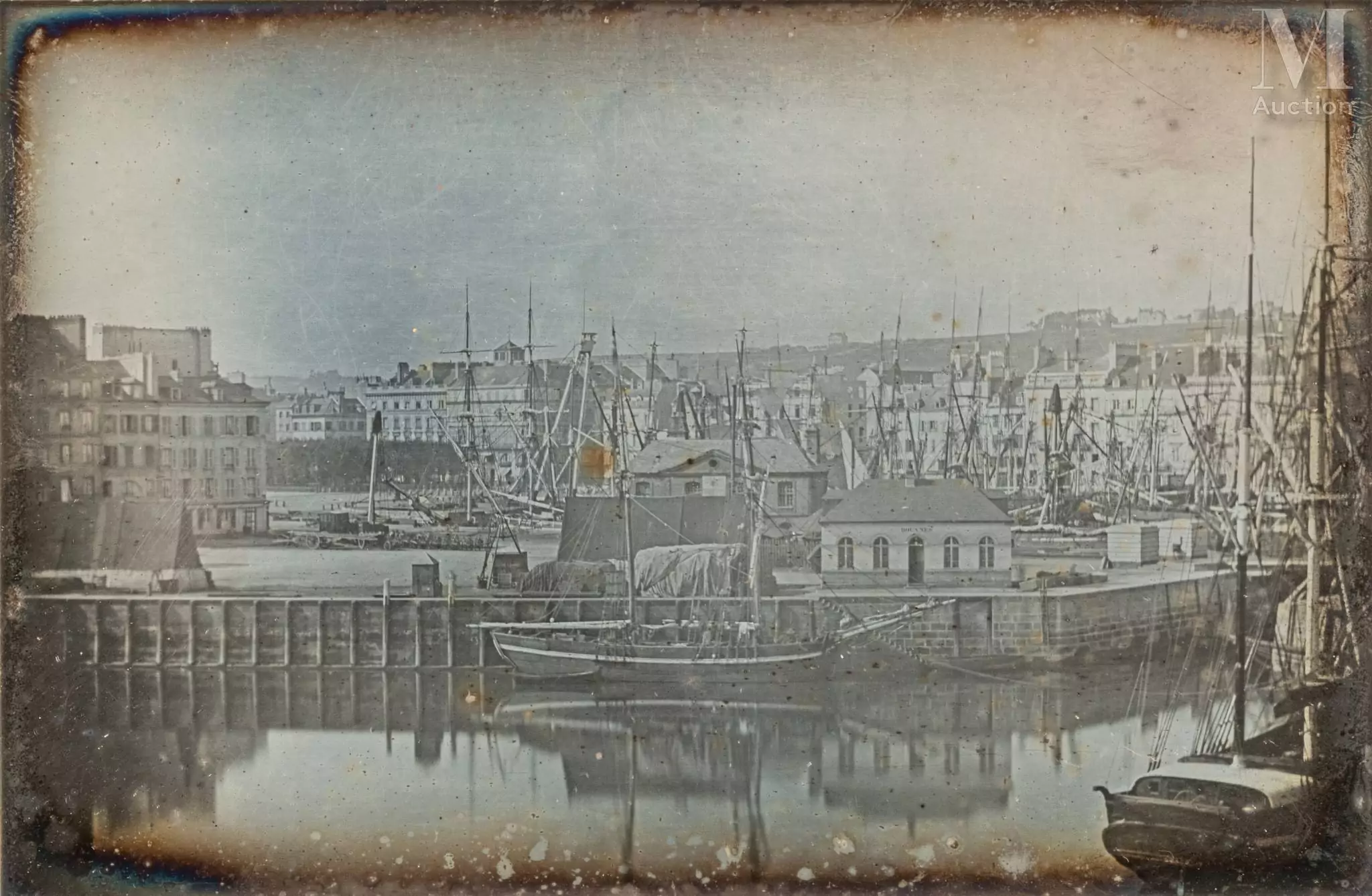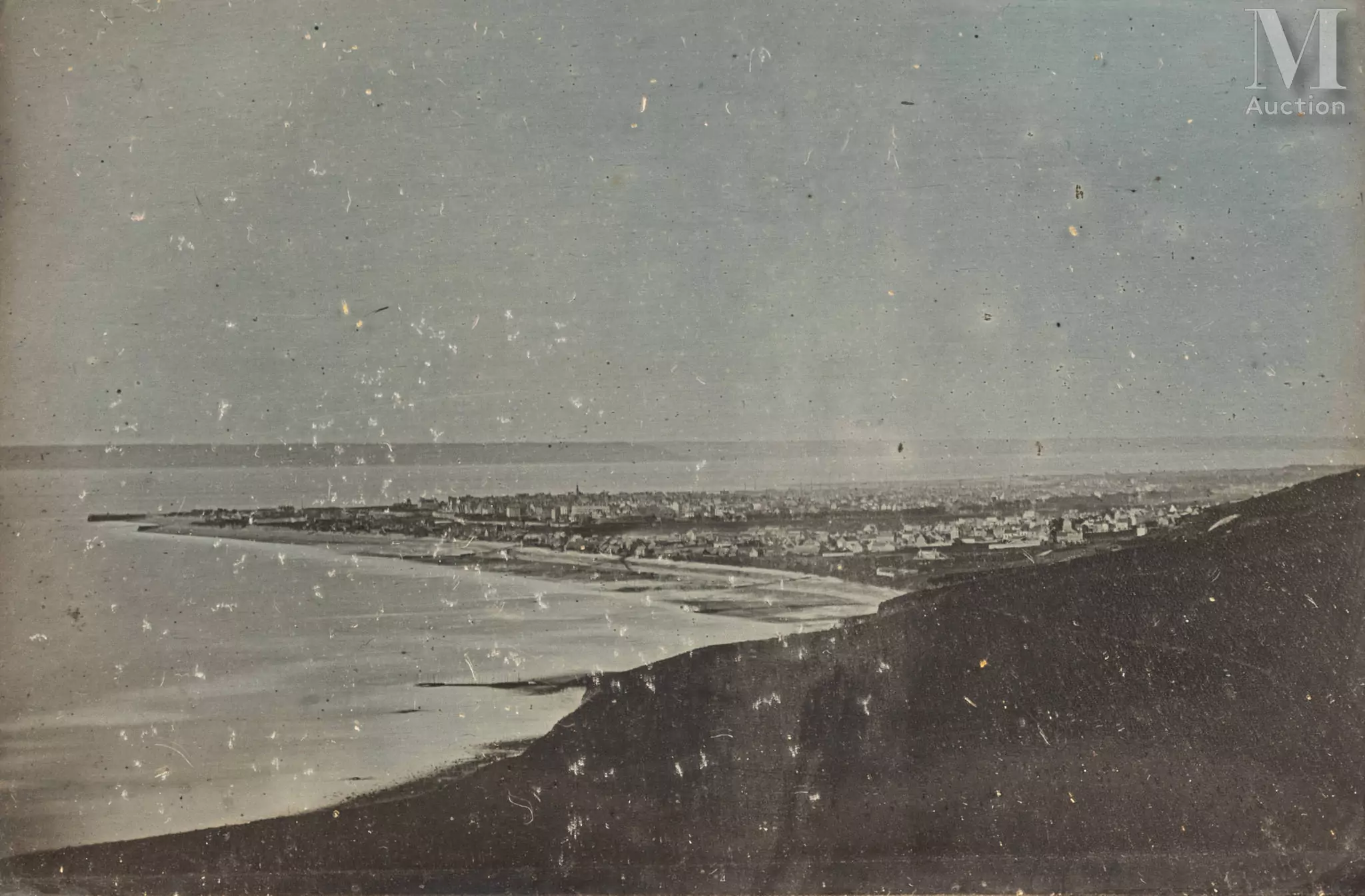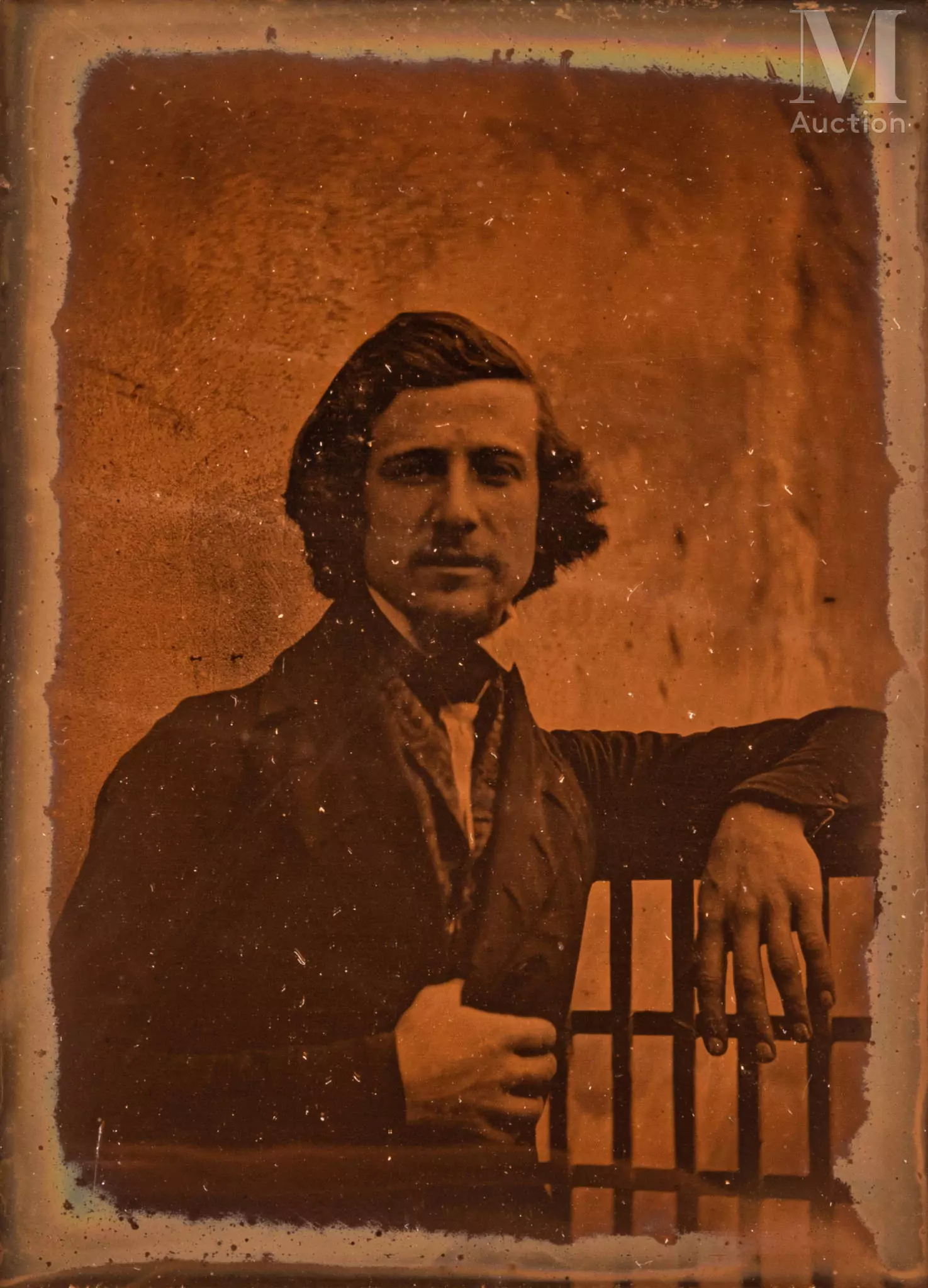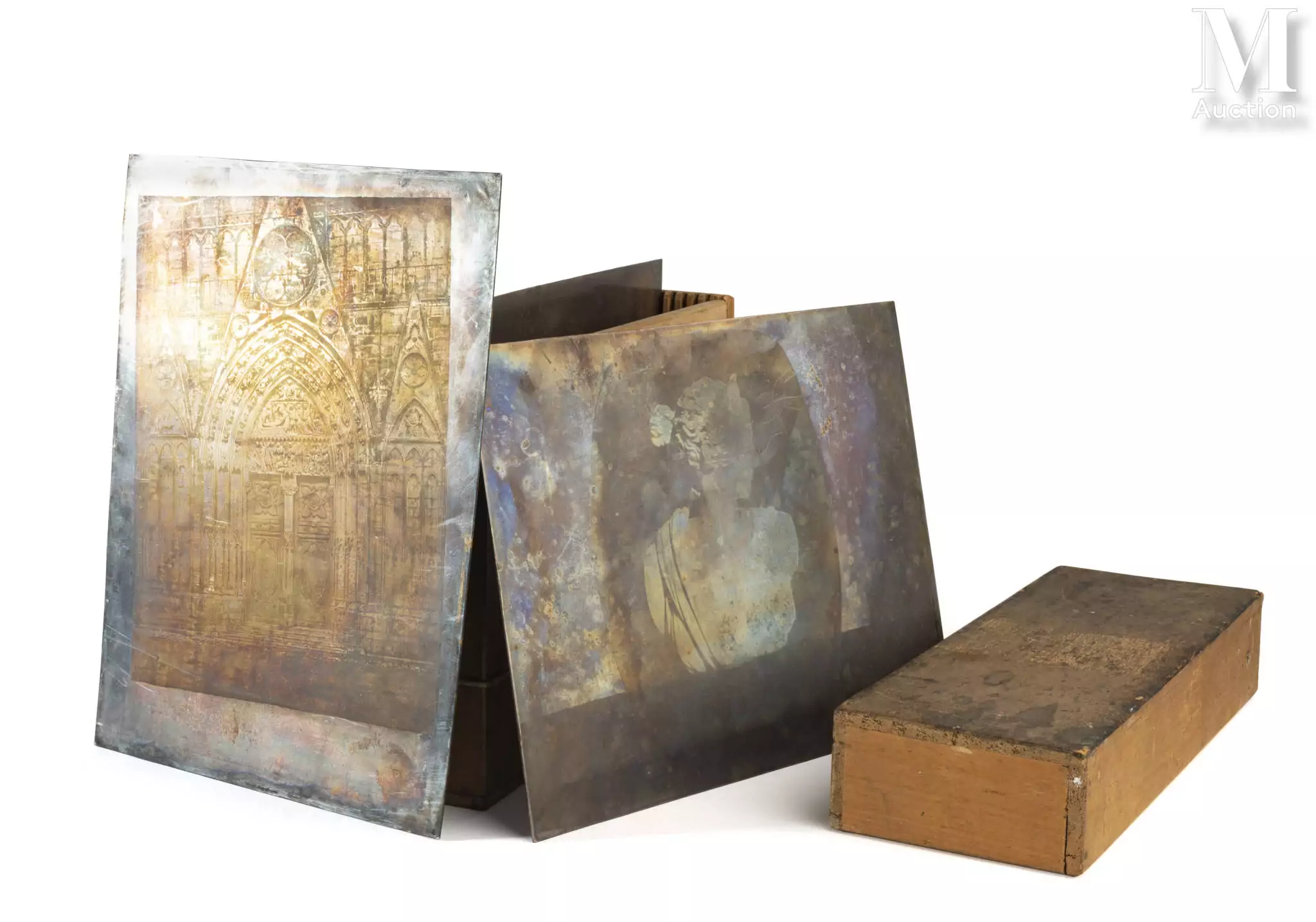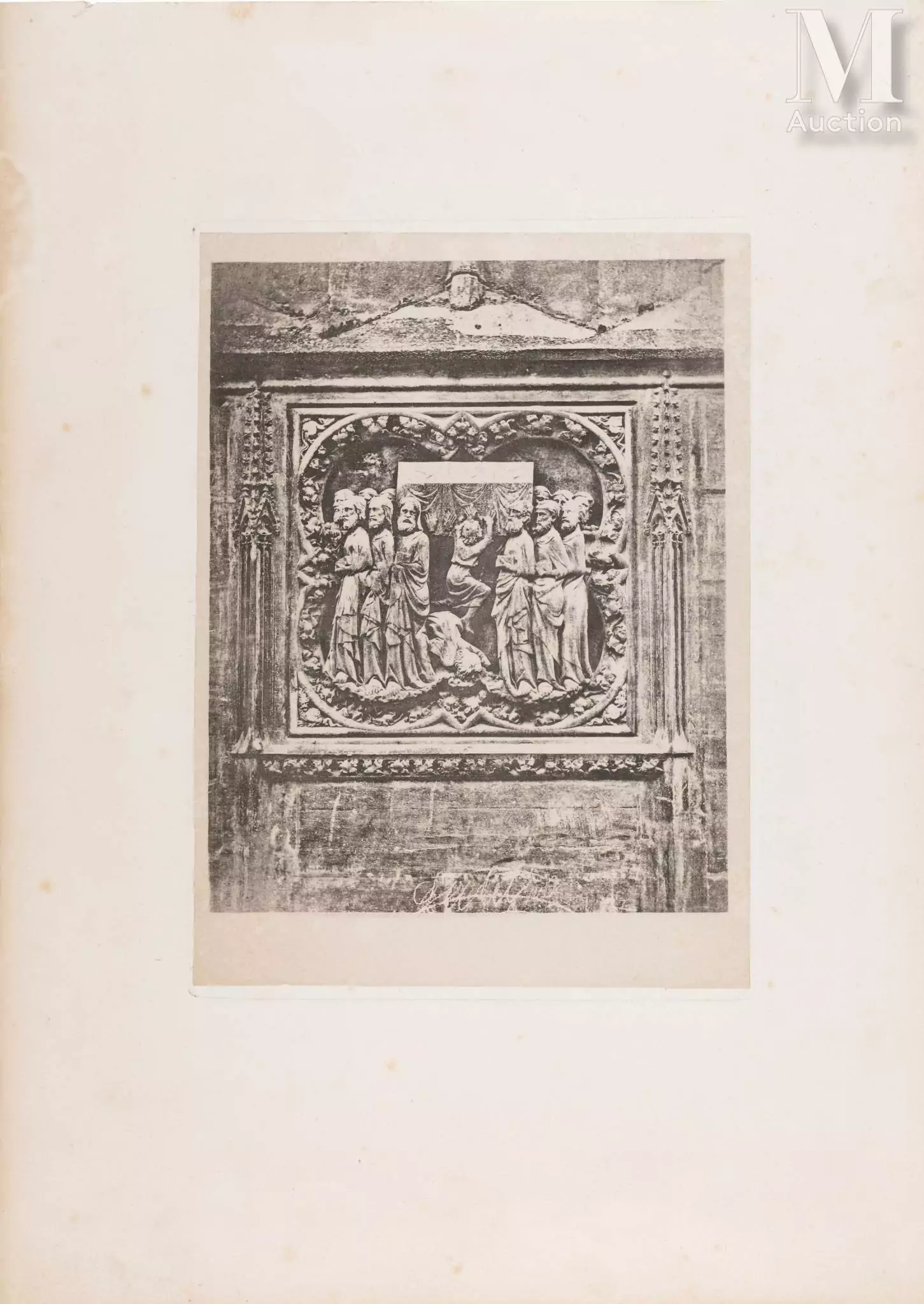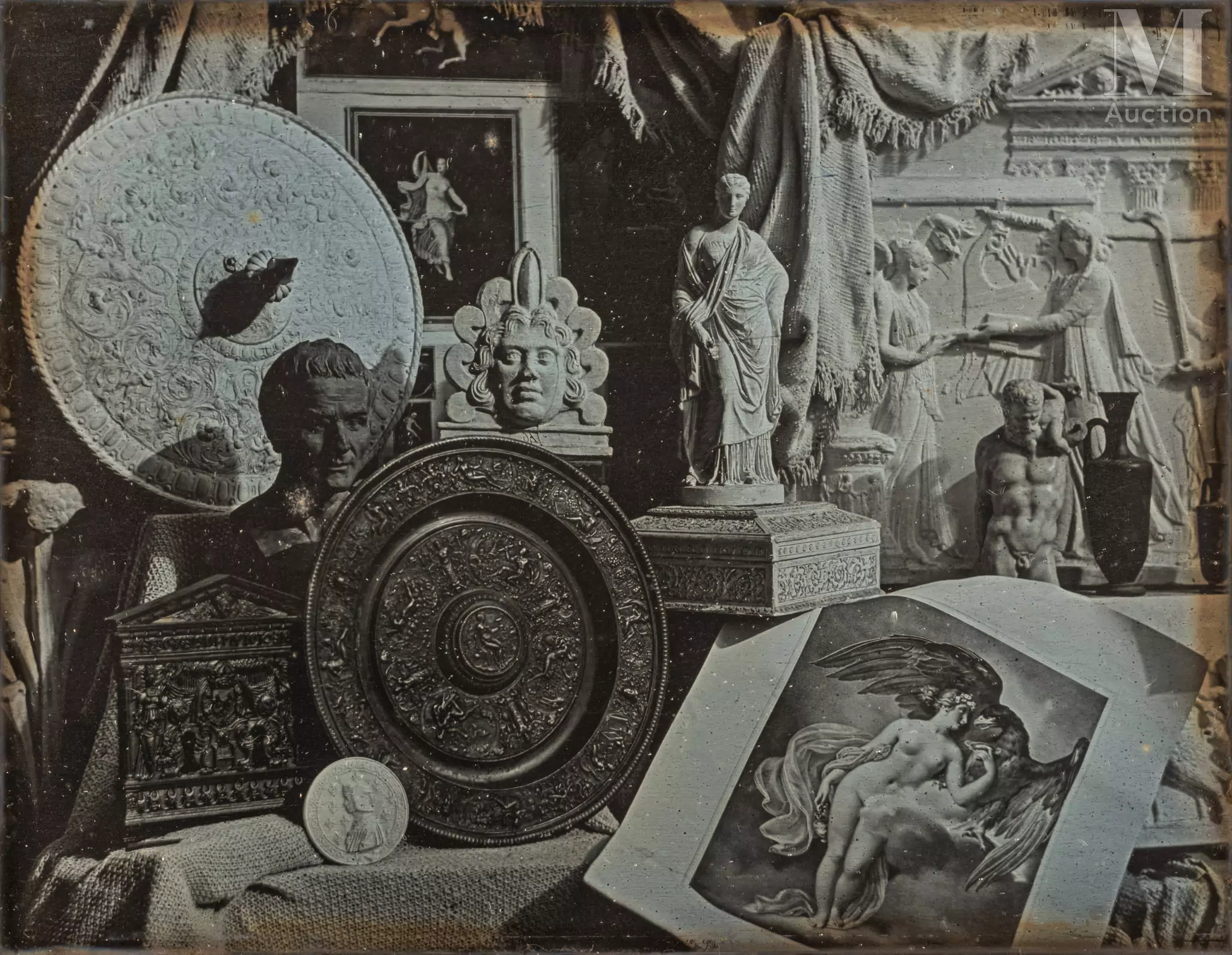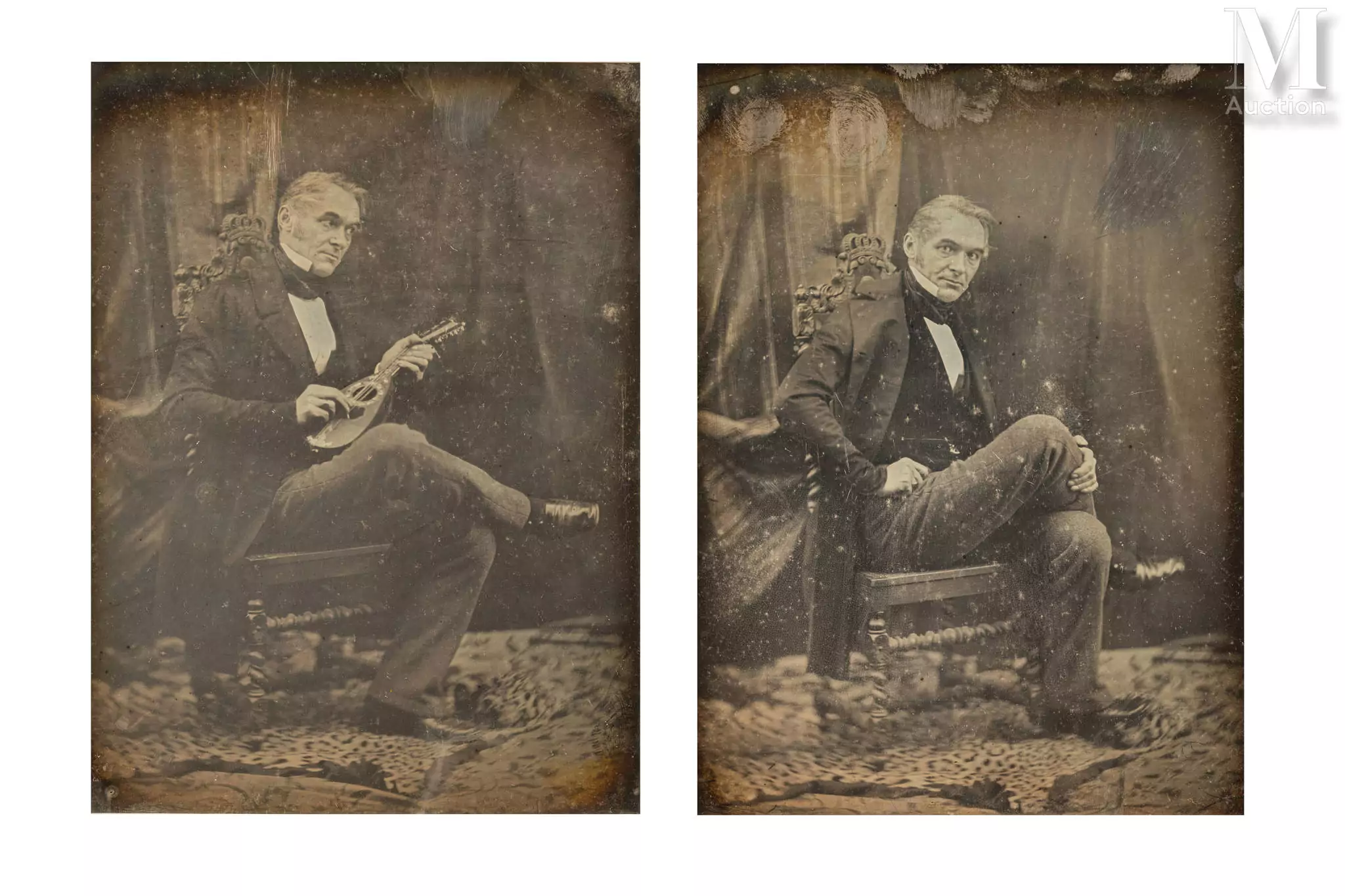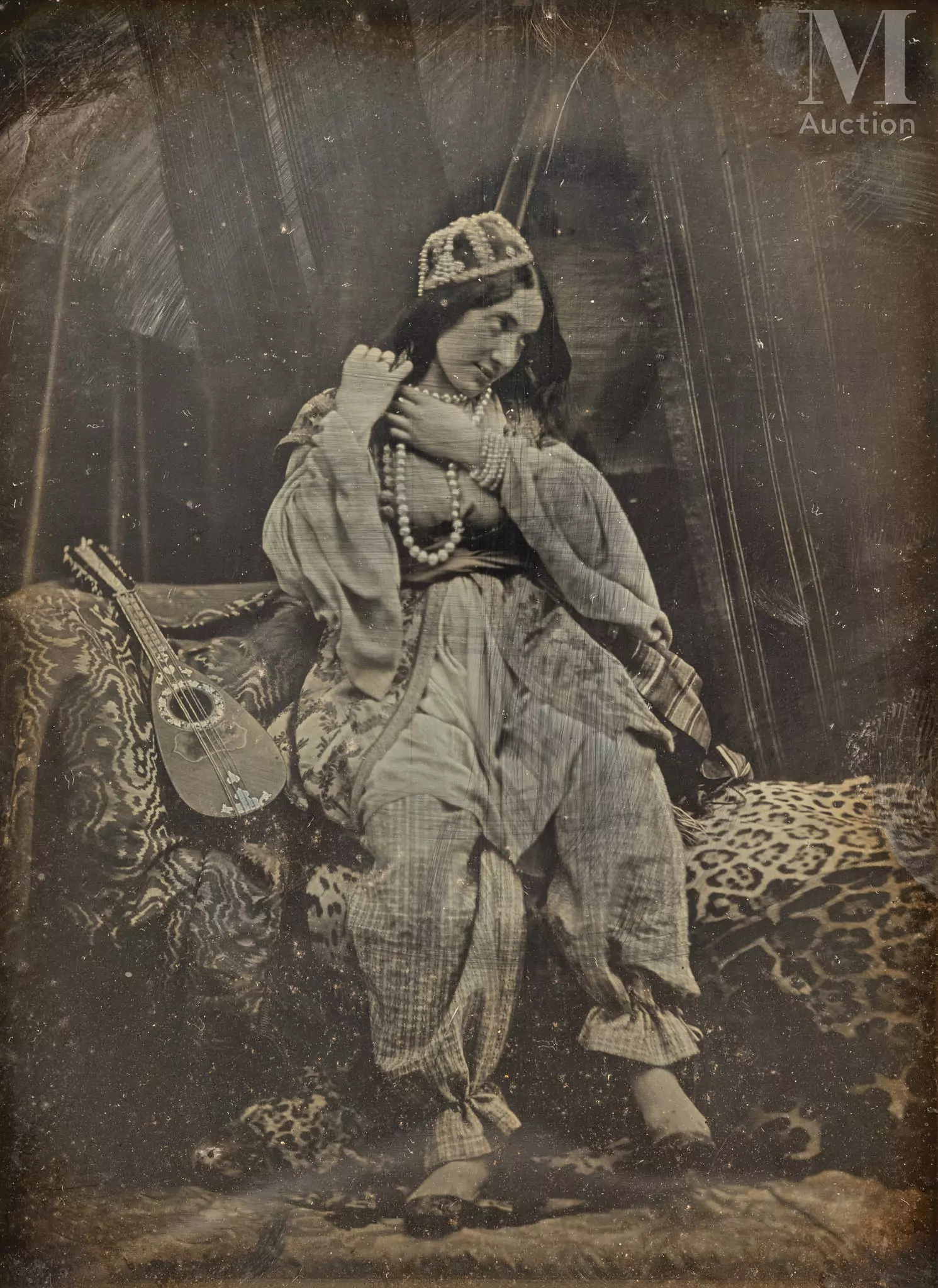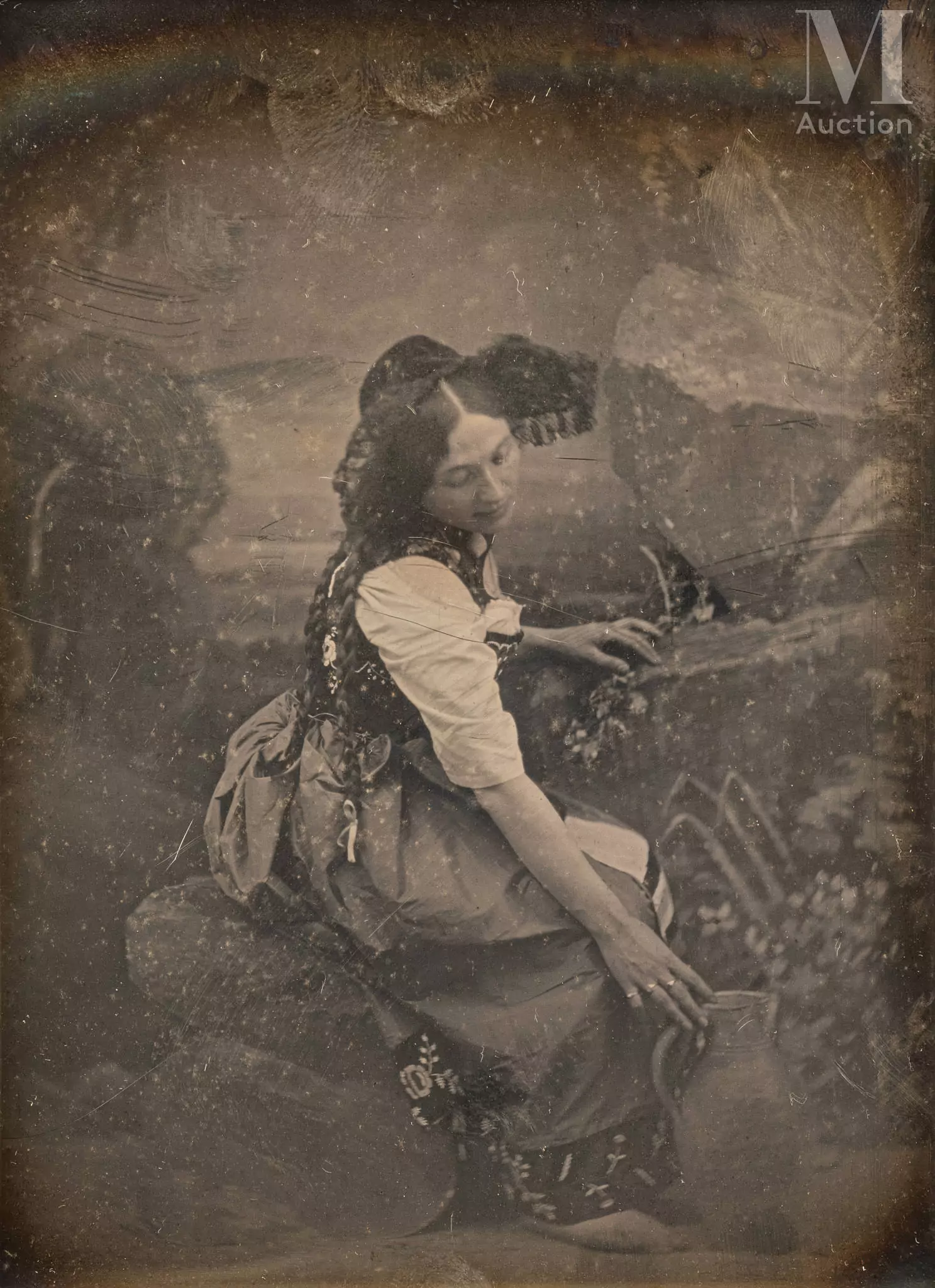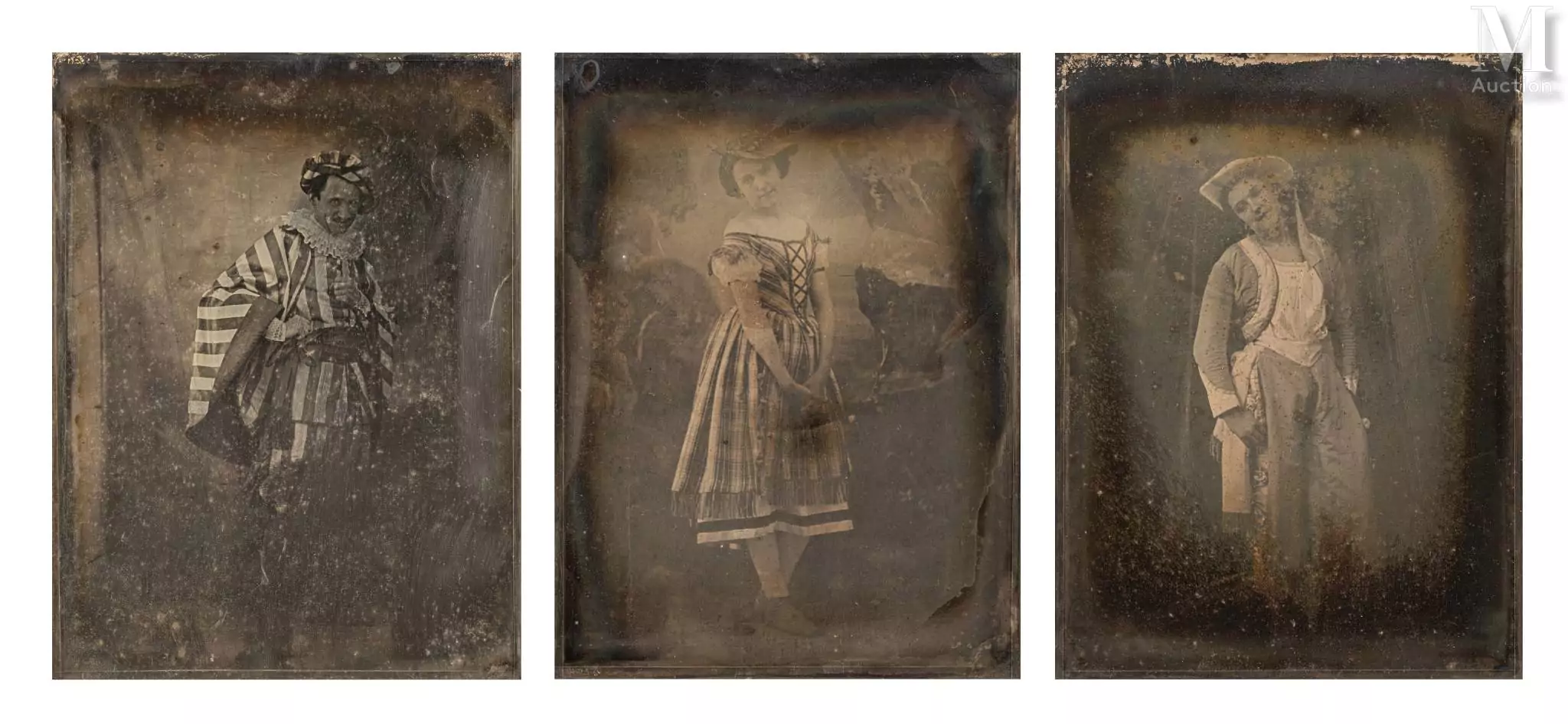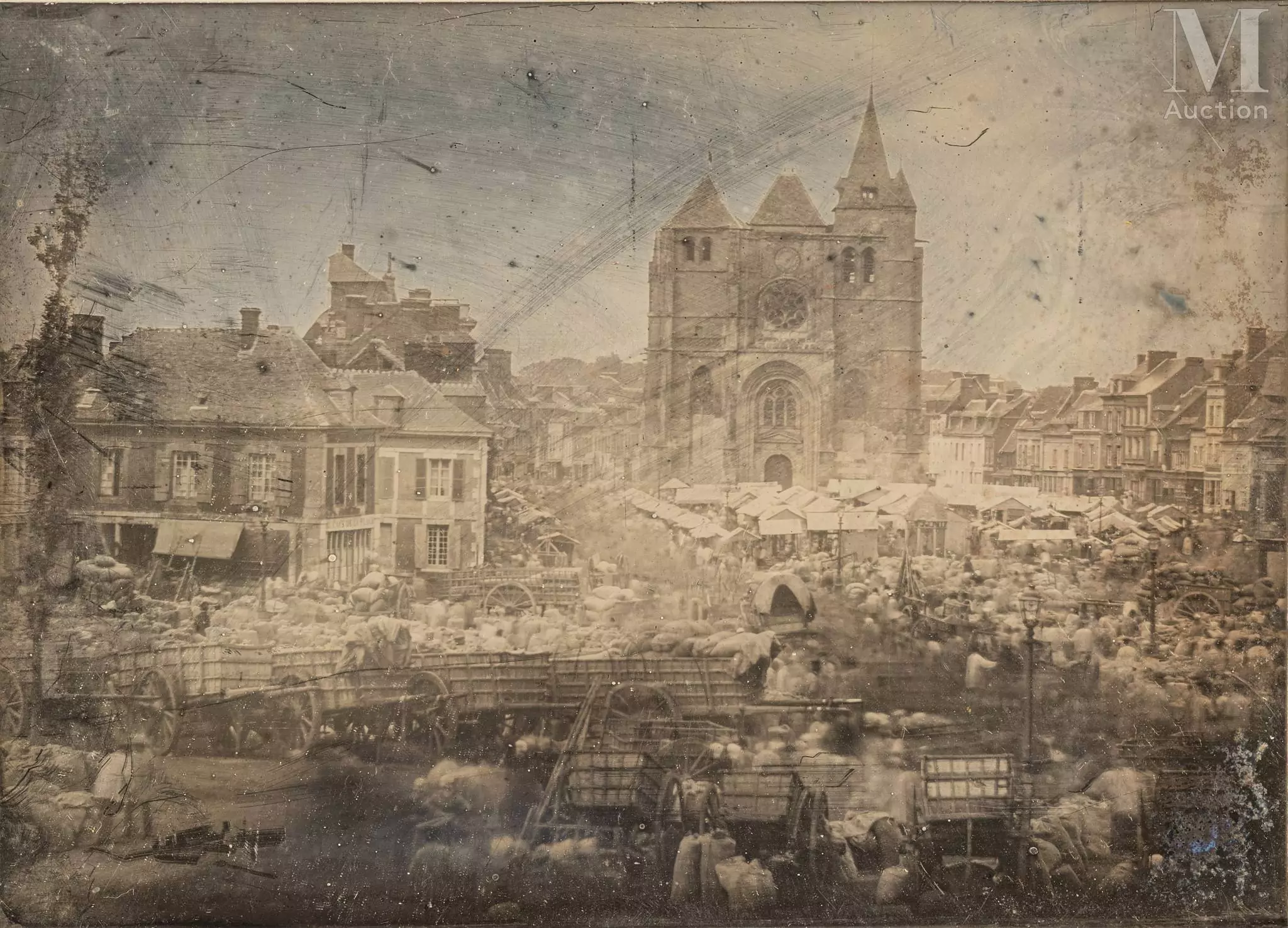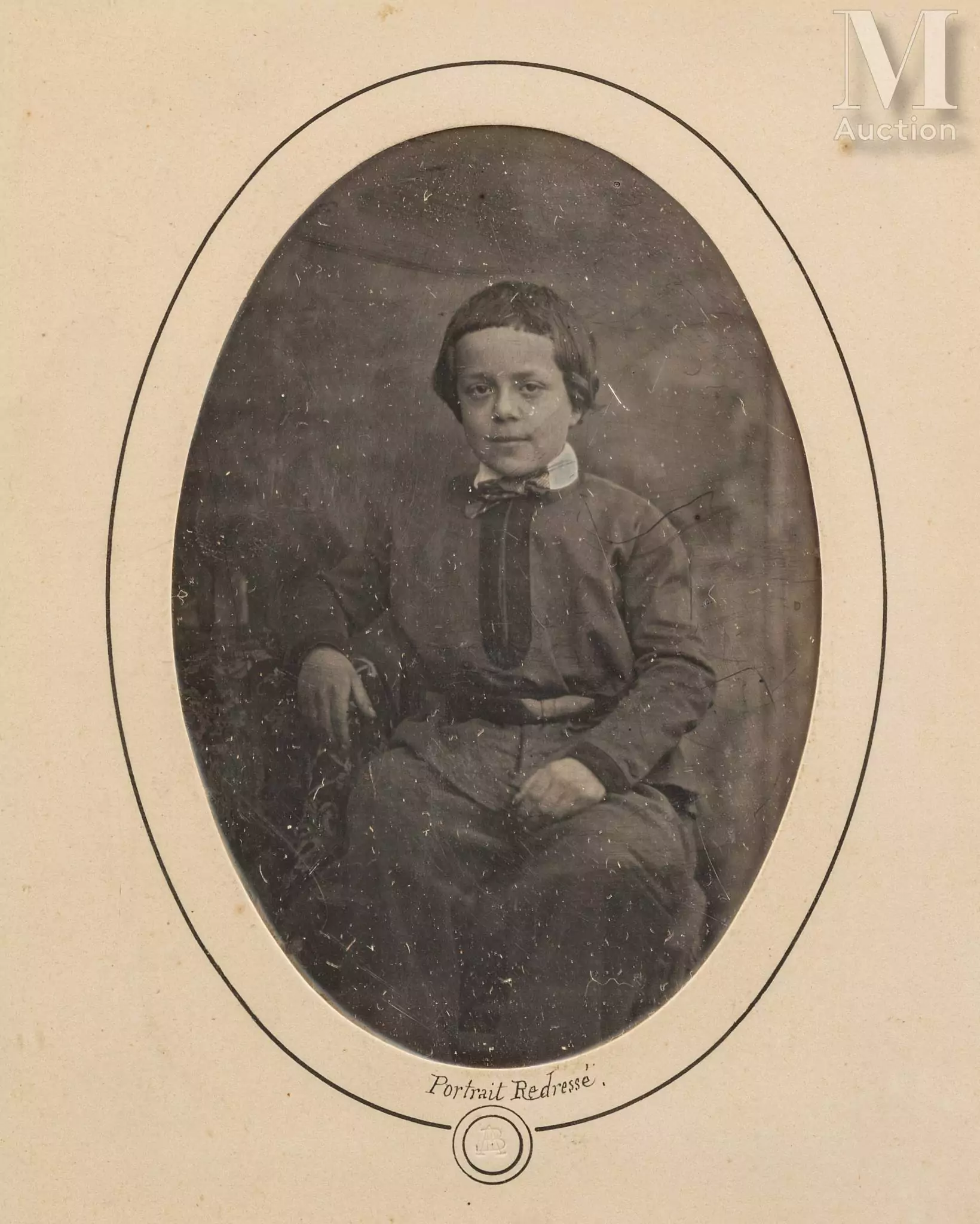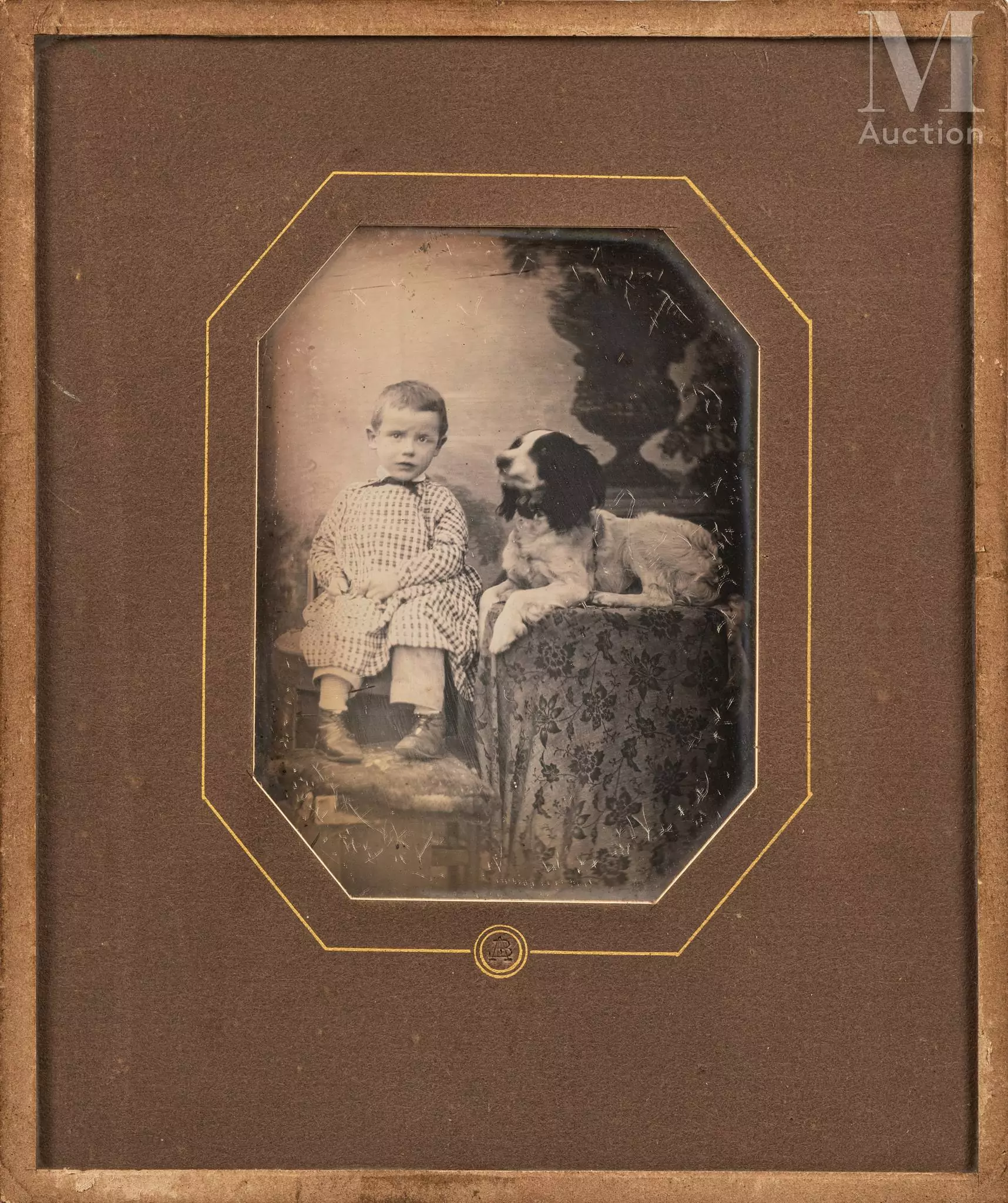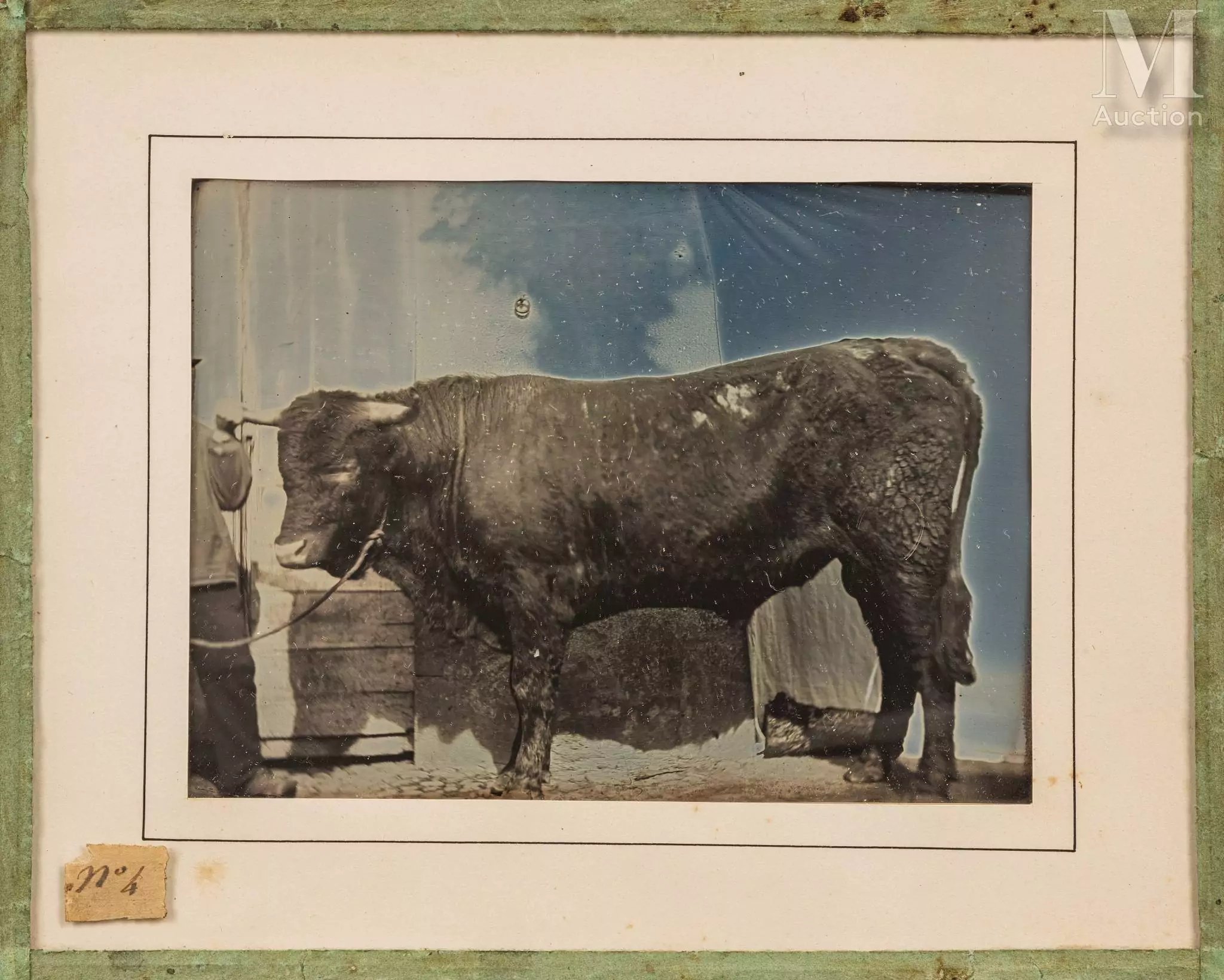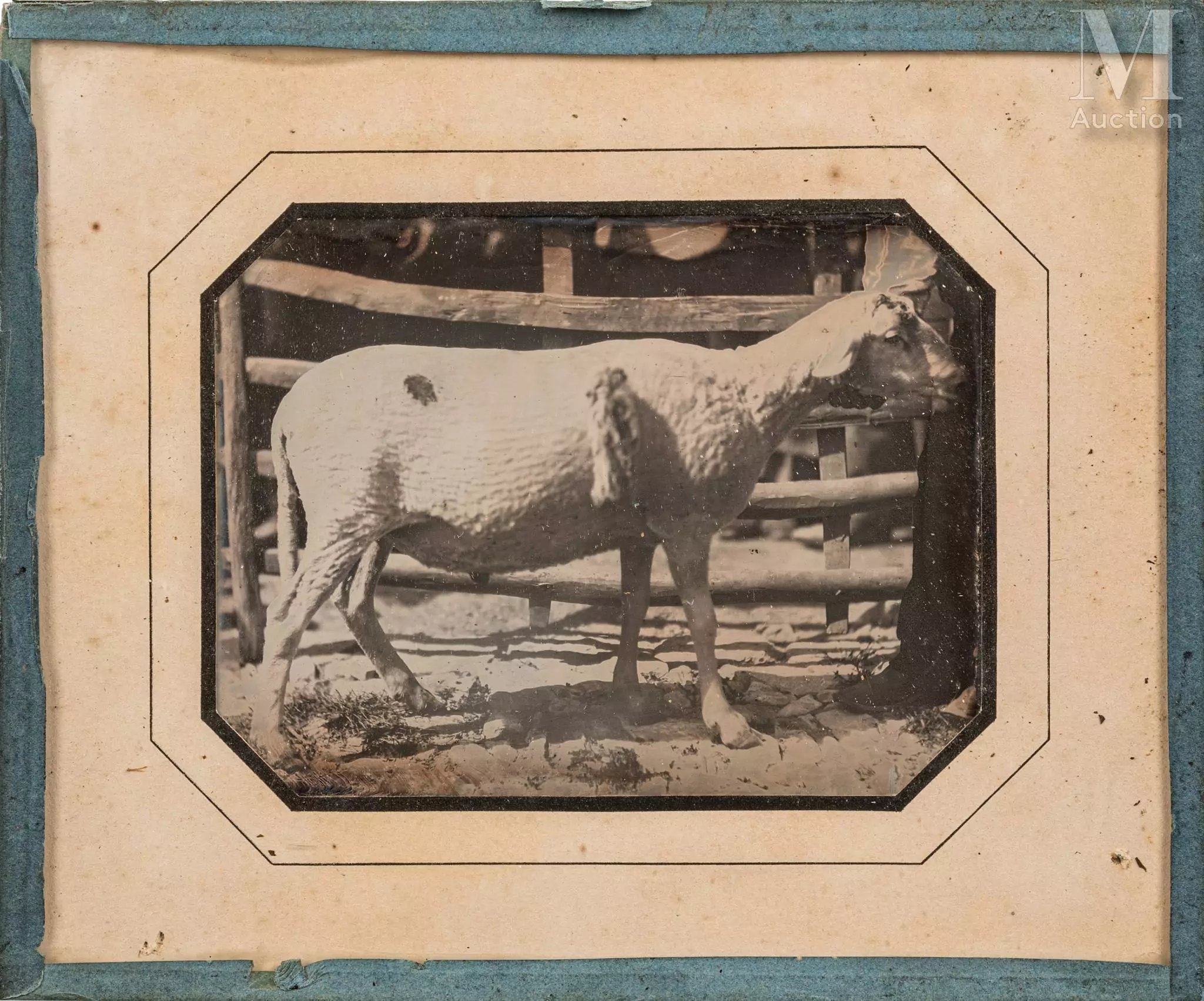Sale information
A foolproof collection!
The François Lepage collection
In the 1960s, interest in photography as such remained fixed around the press and publishing. In museum institutions, in academic research and on the art market, photography was, if not absent, at least marginal. This is true throughout the world.
In those years, however, three Parisian art dealers began, each in their own way, to criticize this situation. André Jammes was the first to start a collection. Gérard Lévy and François Lepage, both graduates of the École du Louvre, and both based in the same alley of the Vernaison market at the Saint Ouen flea market, decided to join forces. For the first few years, they bought a lot, at Drouot, at the Puces and elsewhere, without worrying about selling, each having kept his own activities. Their partnership lasted a good quarter of a century.
During the 1970s, interest in photography gradually lost its marginal features and began to take on the forms we know today. In Paris, two new dealers joined the first three: Hugues Autexier and François Braunschweig. The Texbrauns, as they are known, set up store at the Flea Market, opposite François Lepage. François Lepage and his wife befriend François Braunschweig and Hugues Autexier.
Eugenia Parry, at the time, was finishing her thesis on Le Gray. She remembers these five dealers who had a head start. She calls them the "French amateurs". They know a lot of things that are not yet in books, and their knowledge is generous. We can learn from them. And, as exhibition catalogs and monographs from the 1970s and 1980s testify, their loans number in the thousands.
The 1980s saw the first signs of full recognition of photography as an art form in its own right, exhibited, studied, theorized, published and collected. Galerie Texbraun, located on rue Mazarine, alternates between contemporary photographers and others from all eras.
In her essay on the Sam Wagstaff collection at the J. Paul Getty Museum, Eugenia Parry recalls that, in 1987, she dedicated her book on Le Gray to François Lepage. He was," she adds, "the most fervent, rigorous and generous researcher I have ever met. He was also the most discreet.
In the early 1990s, Gérard Lévy and François Lepage were at odds. They decided to end their association. All that remained was to divide the tens of thousands of accumulated images into two equal shares. The splitting process took years. Sometimes image by image, chosen alternately by one and the other within a set. This was the case, for example, with Greene and Brassaï. Sometimes by exchanging their share of two sets, so that the integrity of each set is preserved. This was the case with Fizeau and Durieu.
It is through the choices of one and the other that the twenty-five years of a common accumulation, rarely guided by the subjectivity of an eye or a taste, is divided into two collections. Each bears the hallmarks of a singular culture and sensibility.
In this sharing, François Lepage's choices have often turned to the earliest acquisitions, the first discoveries, marvellous and overwhelming. The market went through waves. Of all that was rarest and most beautiful among these images, these powerful waves carried nothing away. As if plunged into a deep sleep, sometimes for more than fifty years, they are now being exhibited for the first time. François Lepage was not only discreet. He also had a taste for secrecy.
The François Lepage collection
In the 1960s, interest in photography as such remains limited to the press and publishing worlds. In museum institutions, in academic research and on the art market, photography is, if not absent, at least marginal. This is the case all over the world.
In these years, however, in Paris, three dealers are about to undertake, each in his own way, a critique of this situation. André Jammes is the first to begin his collection. Gérard Lévy and François Lepage, both graduates of the École du Louvre, and both located in the same alley in the Vernaison section at the Saint Ouen flea market, decide to join forces. During the early years of their partnership, they buy a great deal, at Drouot, at the Flea Market and elsewhere, without worrying about selling, each having kept his own activities in parallel. Their association will last a good quarter of a century.
During the 1970s, interest in photography gradually loses its marginality and begins to take on the forms we know today. In Paris, two new dealers join the first three: Hugues Autexier and François Braunschweig. The Texbrauns, as they were called, set up shop at the Flea Market, where their boutique is opposite that of François Lepage. François Lepage and his wife become friends with François Braunschweig and Hugues Autexier.
Eugenia Parry, at the time, is finishing her thesis on Le Gray. She remembers these five dealers who were ahead of the game, calling them the "French amateurs". They know a lot about photography that is not yet set down in books, and they are generous in sharing their knowledge. One can learn from them. Also, as the exhibition catalogs and monographs of the 1970s and 1980s show, their loans are numbered in thousands.
It is during the 1980s that the signs of full recognition of photography for itself emerge. It is exhibited, studied, theorized, published and collected. The Galerie Texbraun, located on the rue Mazarine, alternates exhibits between contemporary photographers and others from all eras.
In her essay on the Sam Wagstaff collection at the J. Paul Getty Museum, Eugenia Parry recalls that in 1987 she dedicated her book on Le Gray to François Lepage. "He was" - she adds - "the most dedicated, thorough, and generous researcher I have ever met. He was also the most discreet.
In the early 1990s, Gérard Lévy and François Lepage were at odds. They decide to end their association. It remains for them to divide the tens of thousands of accumulated images into two equal parts. The process of dividing the collection takes place over several years. Sometimes image by image, chosen alternately by one and the other within a given set. This was the case, for example, with the Greenes and the Brassaïs. Sometimes they exchanged their share of two sets, so that the integrity of each set was preserved. This was the case with the Fizeaus and the Durieus.
It is through the choices of each of these men that twenty-five years of accumulation in common, rarely driven by a subjective eye or taste, is divided into two collections. At last, each one bears the marks of a specific cultural background and a singular sensitivity.
In this division, François Lepage's choices often turned to the oldest acquisitions, the first discoveries, marvellous and moving. The market has gone through waves. Of all the rarest and most beautiful of these images, these powerful waves carried nothing away. As if plunged into a deep sleep, sometimes for more than fifty years, they are now on display for the first time. François Lepage was not only discreet. He also had a taste for secrecy.
